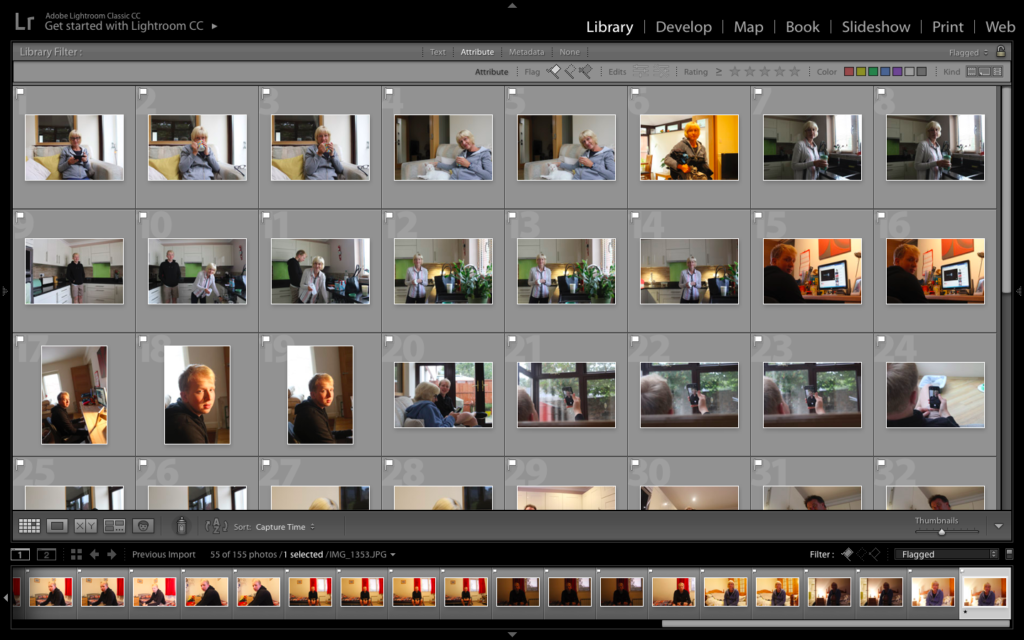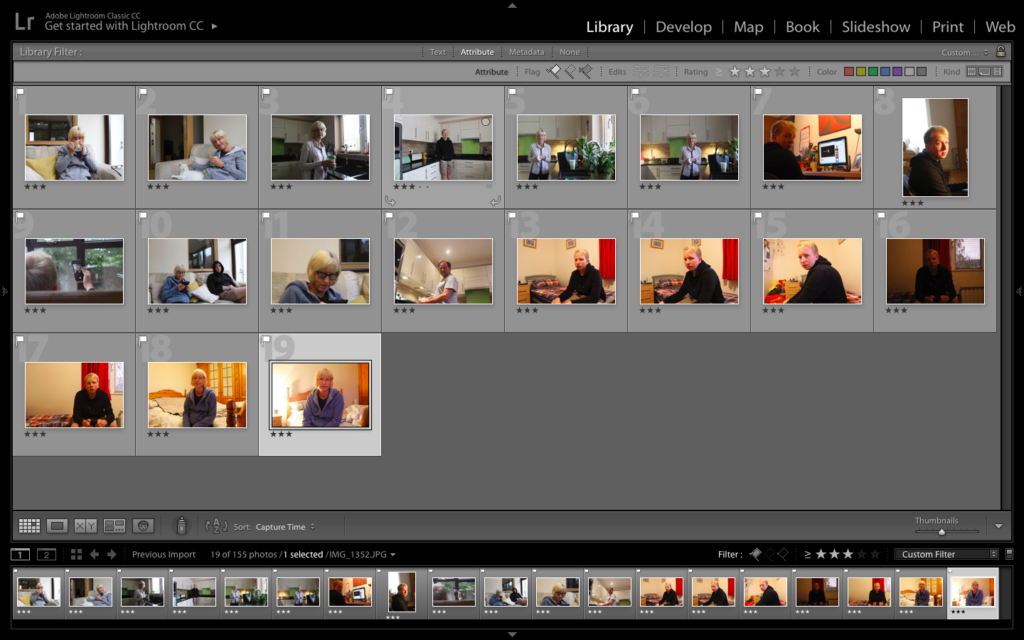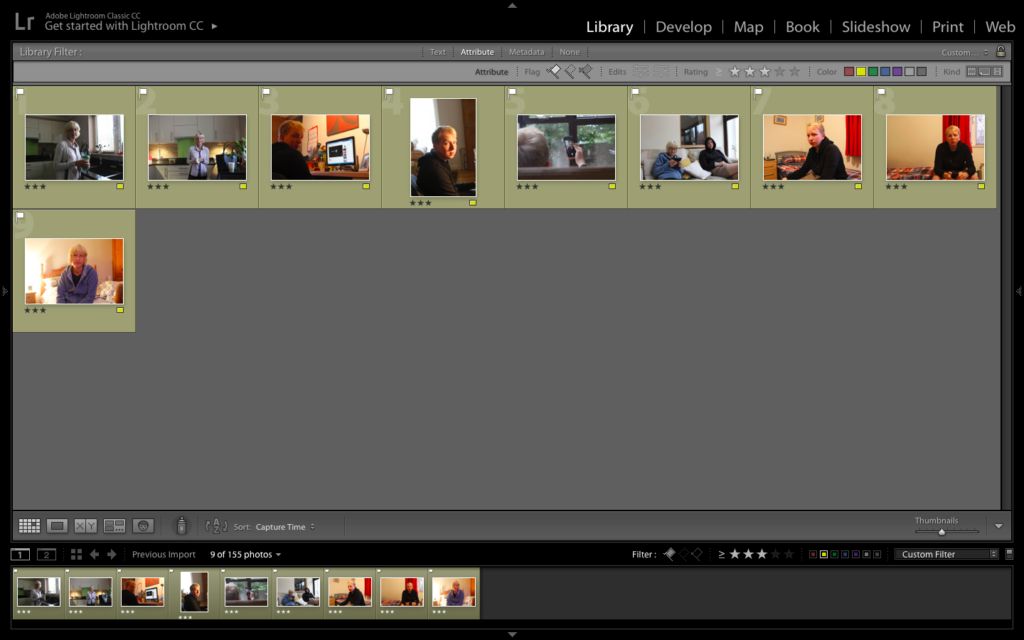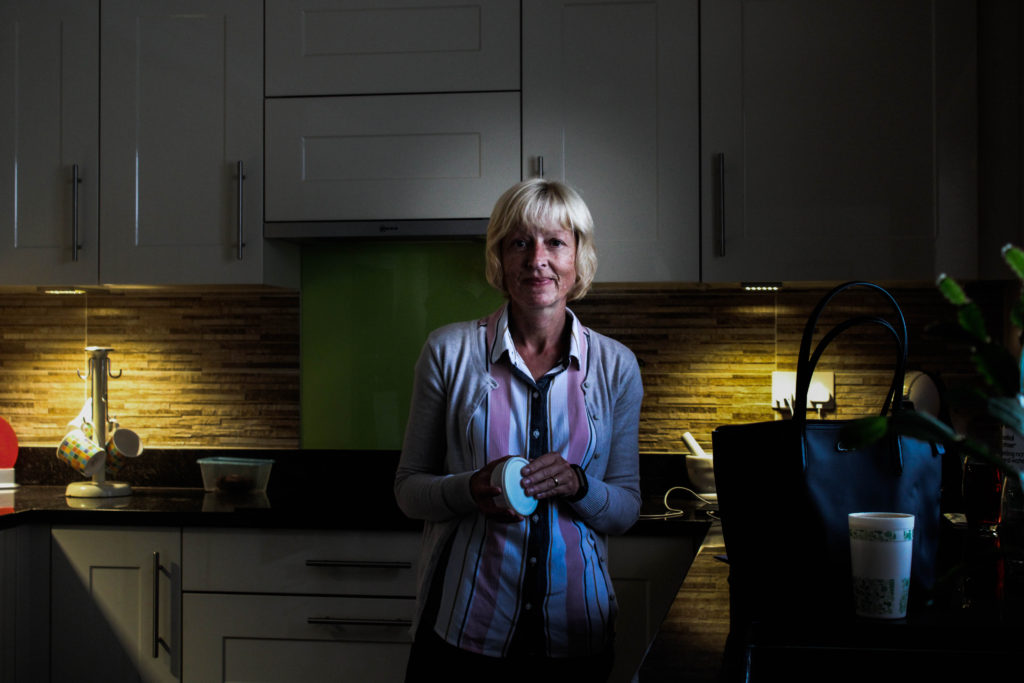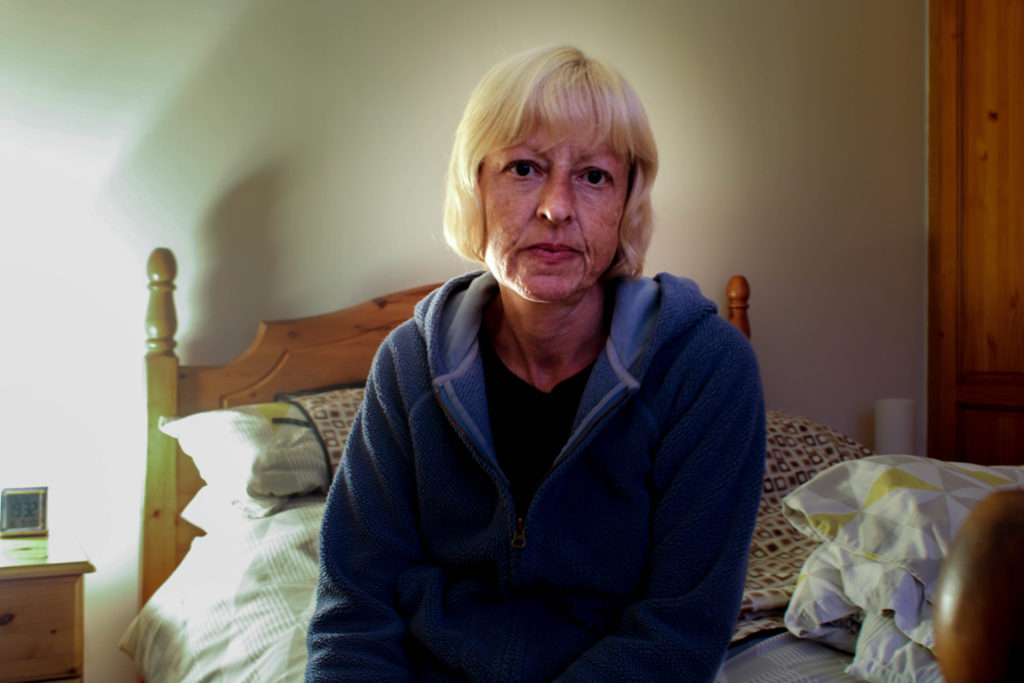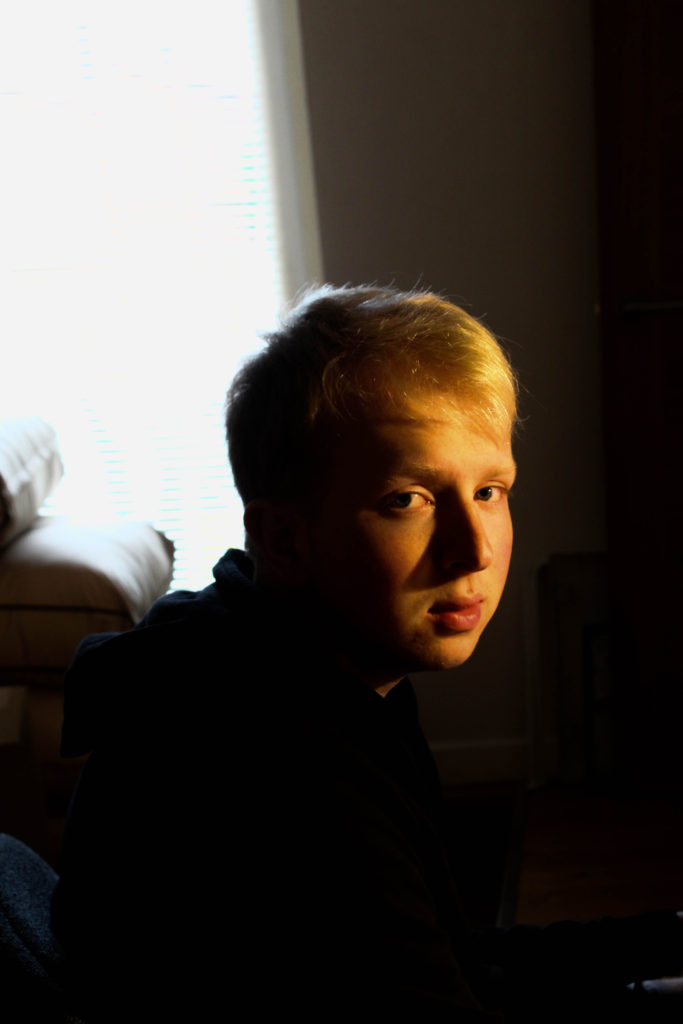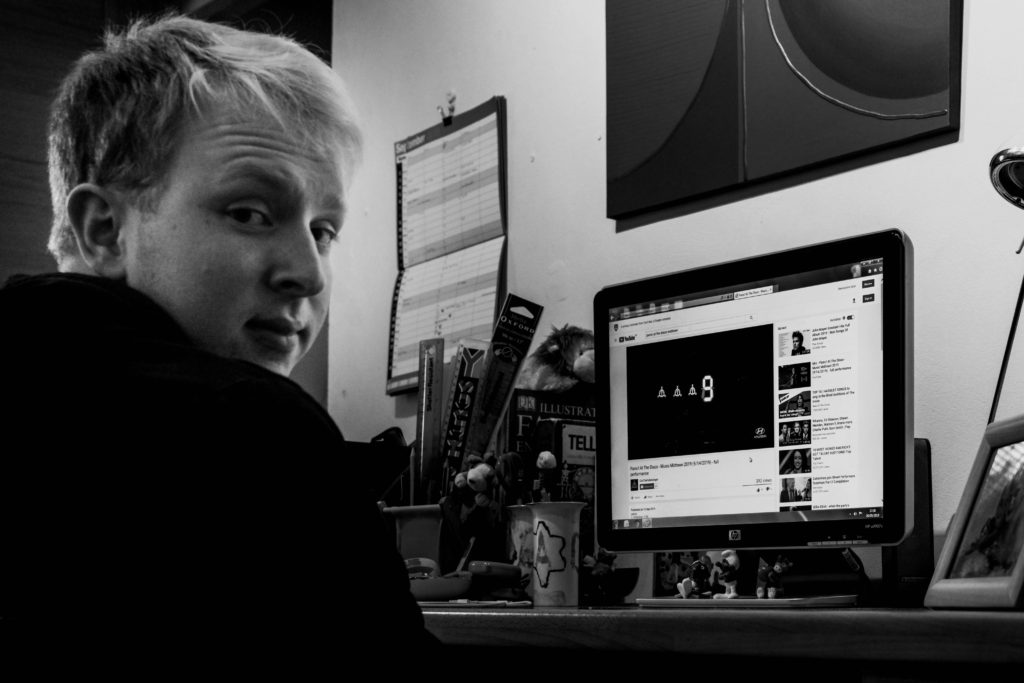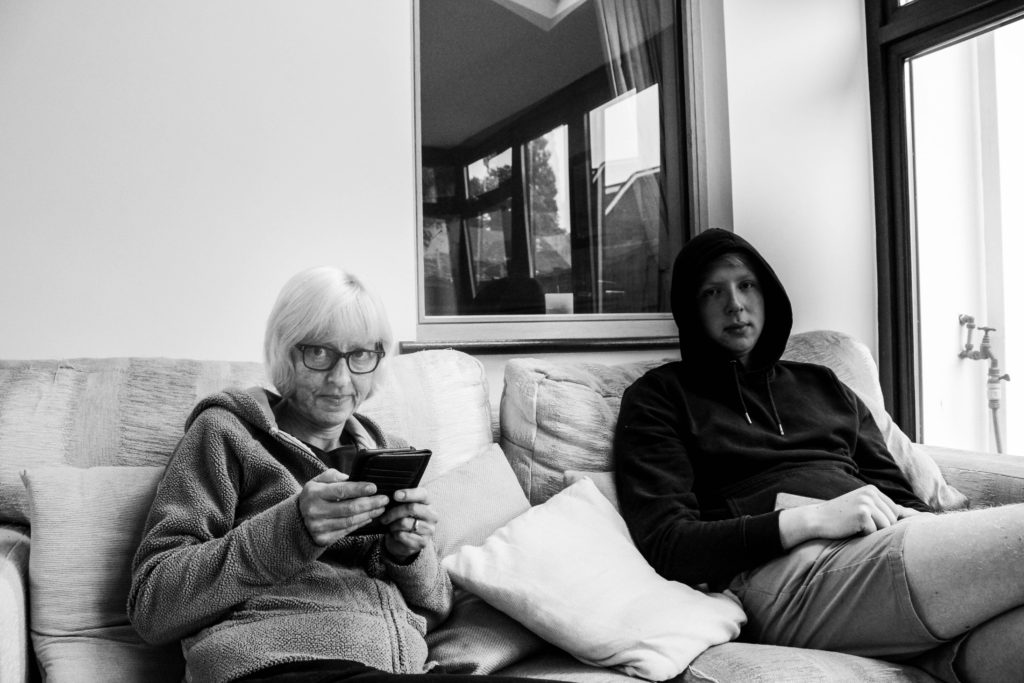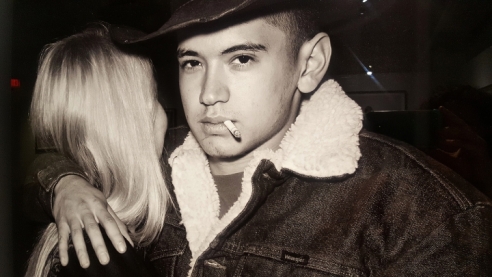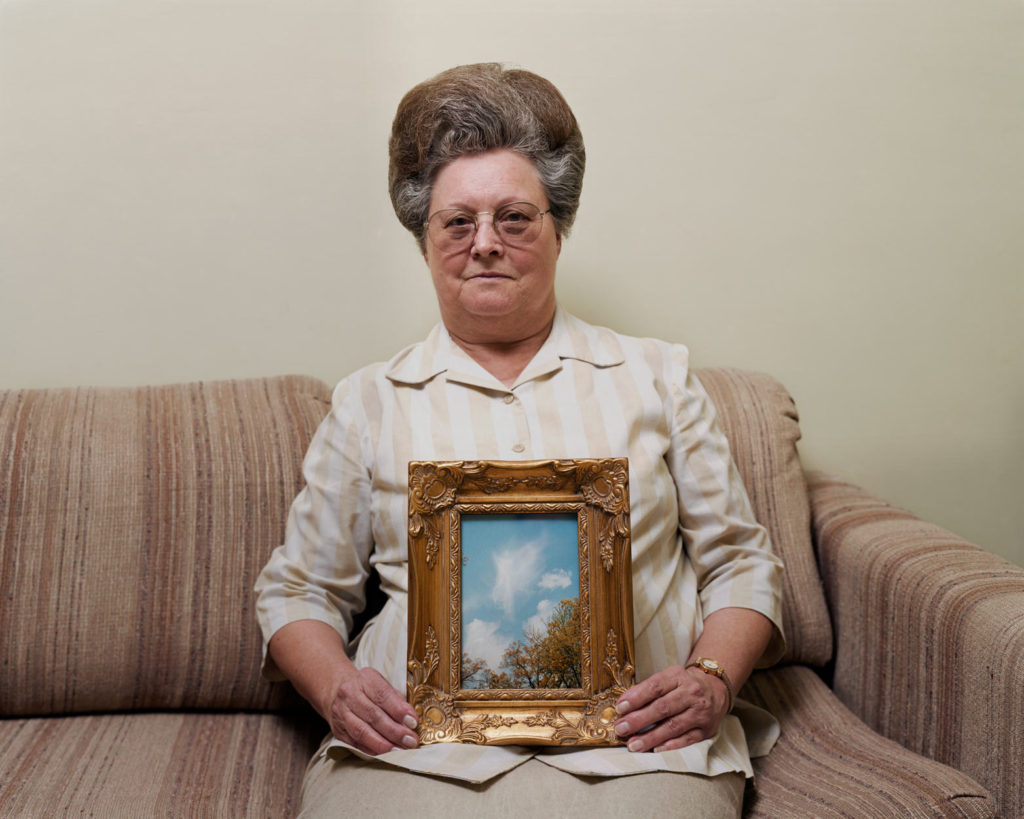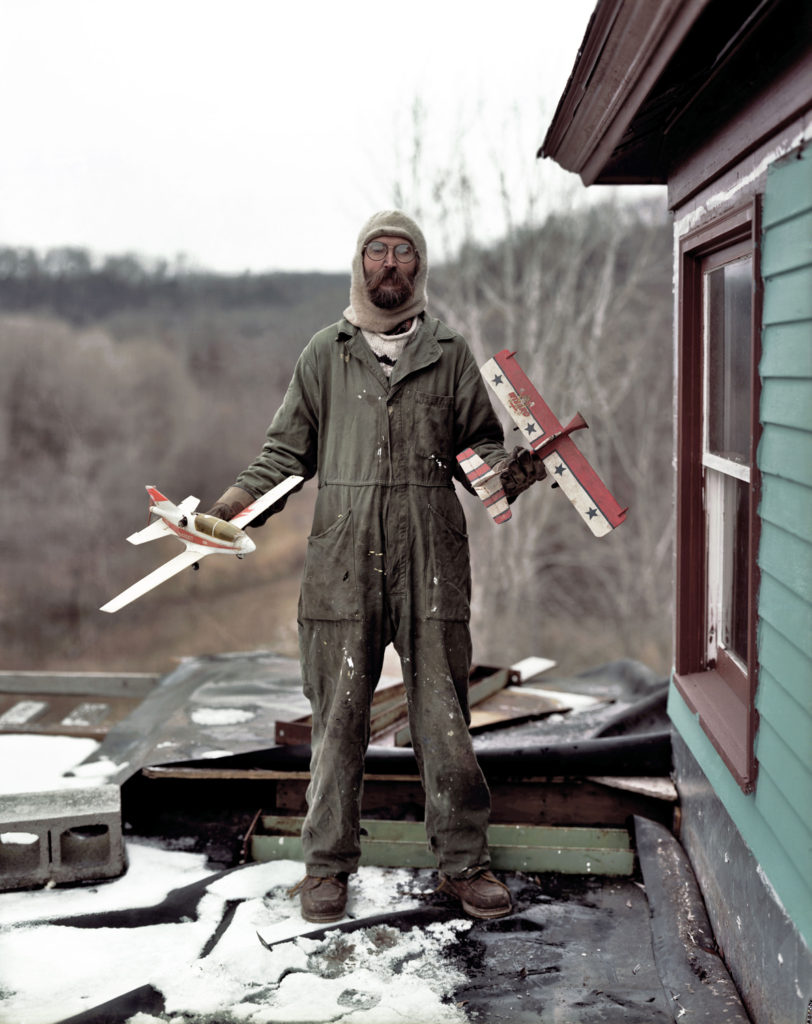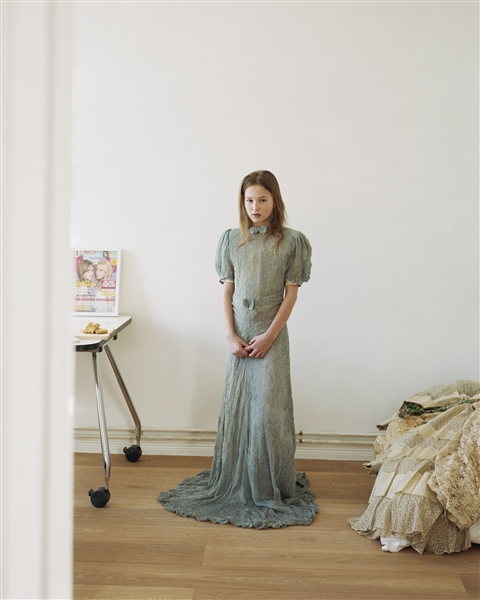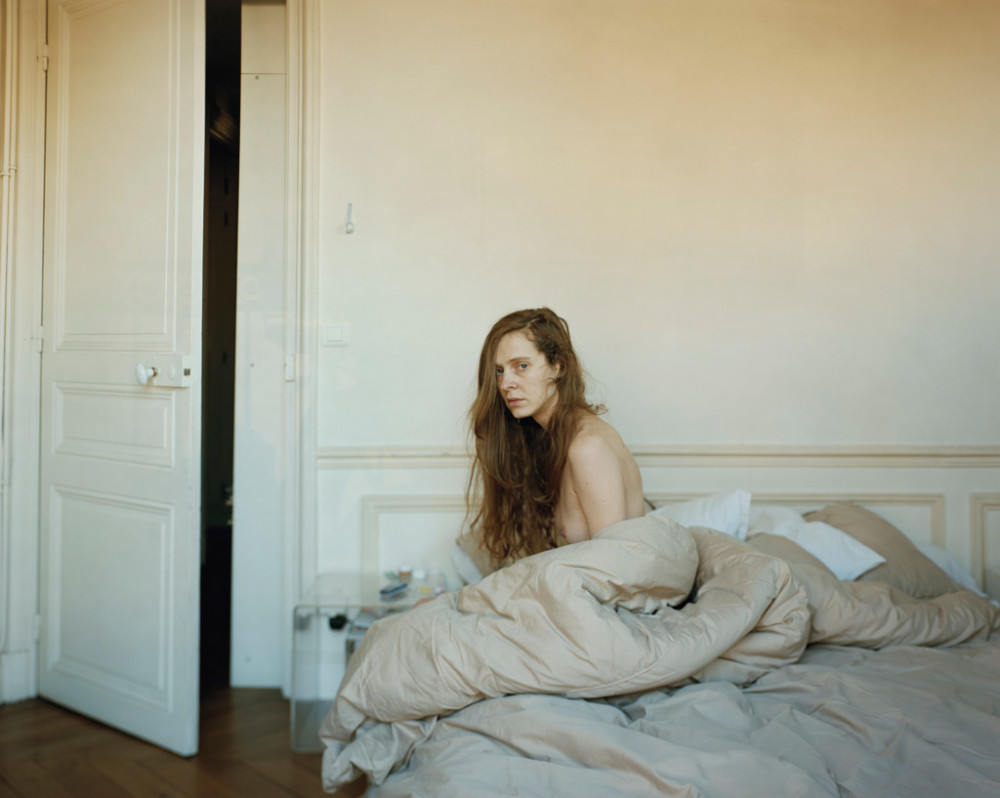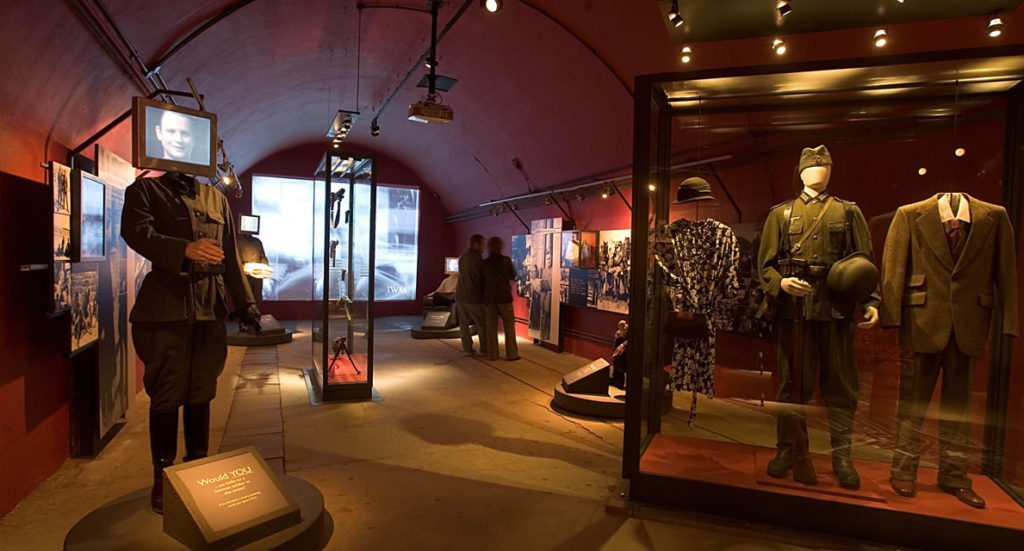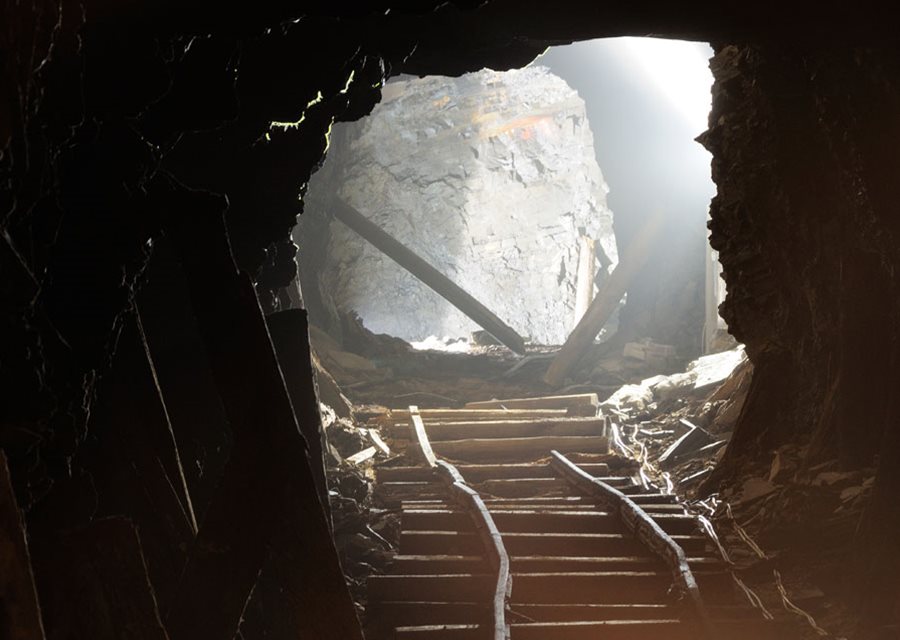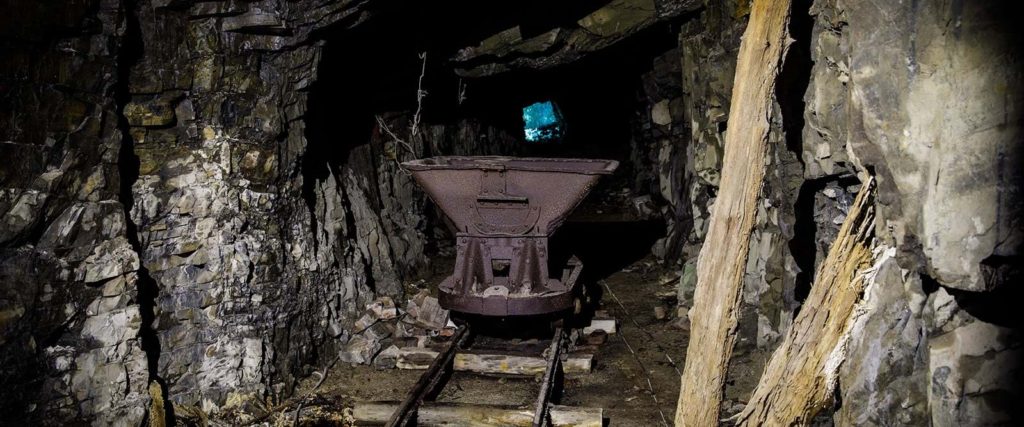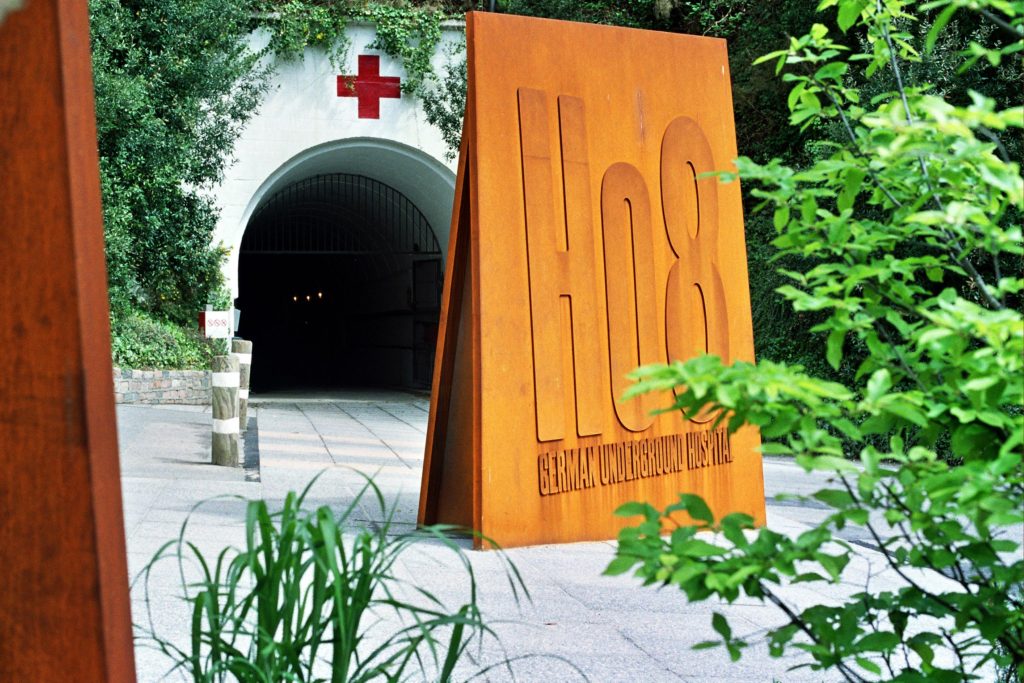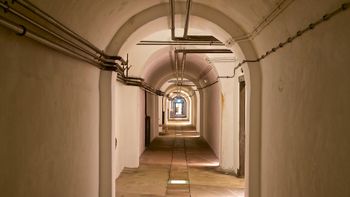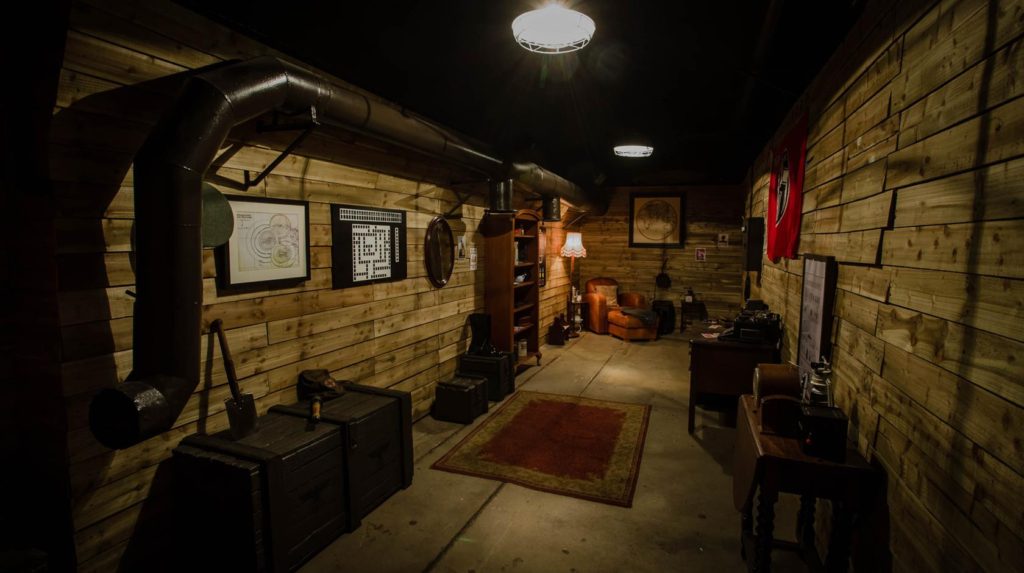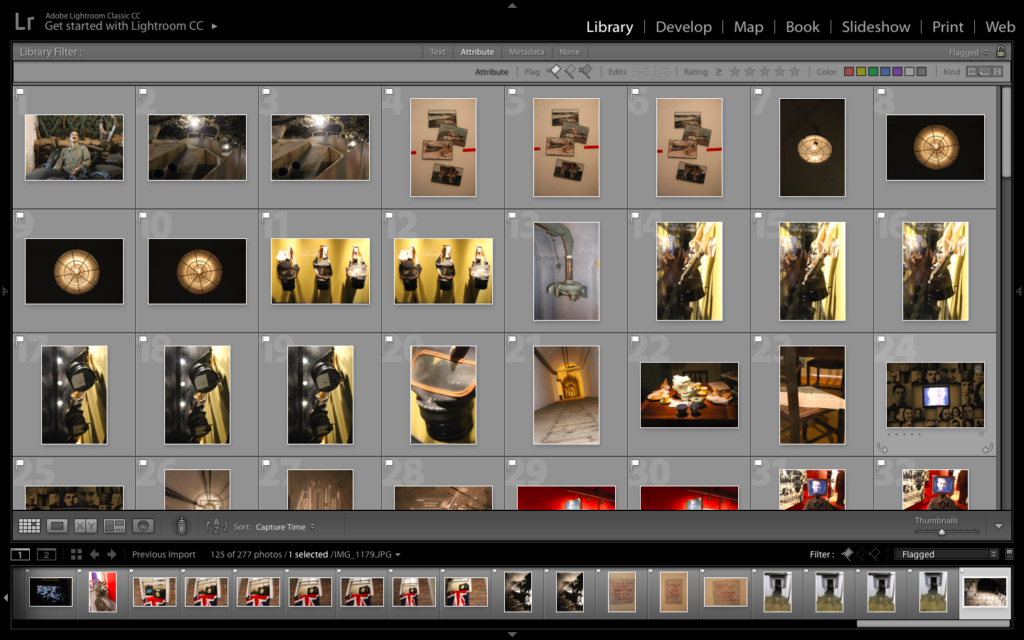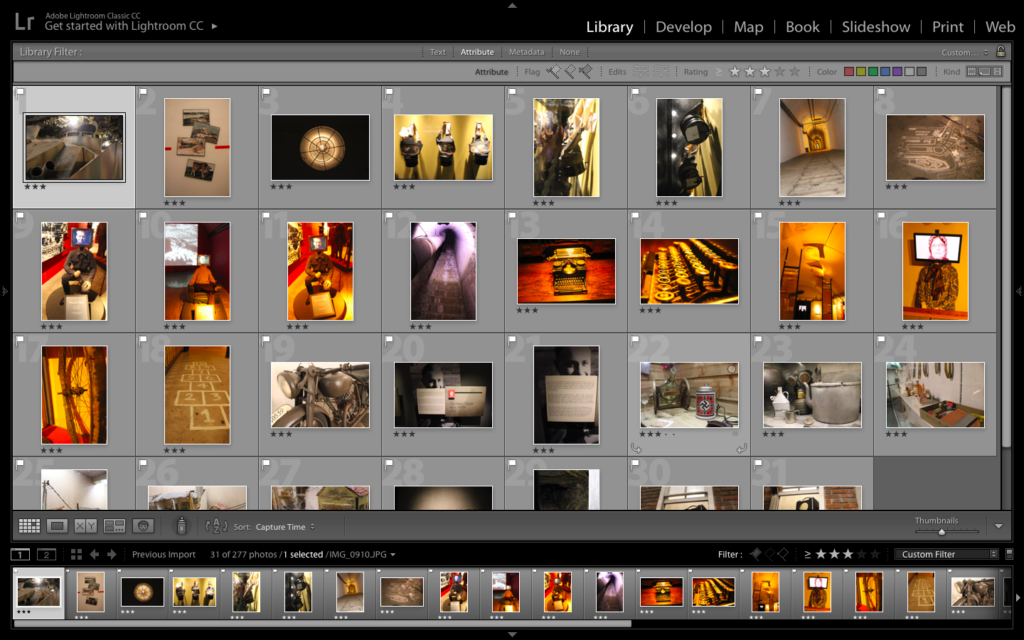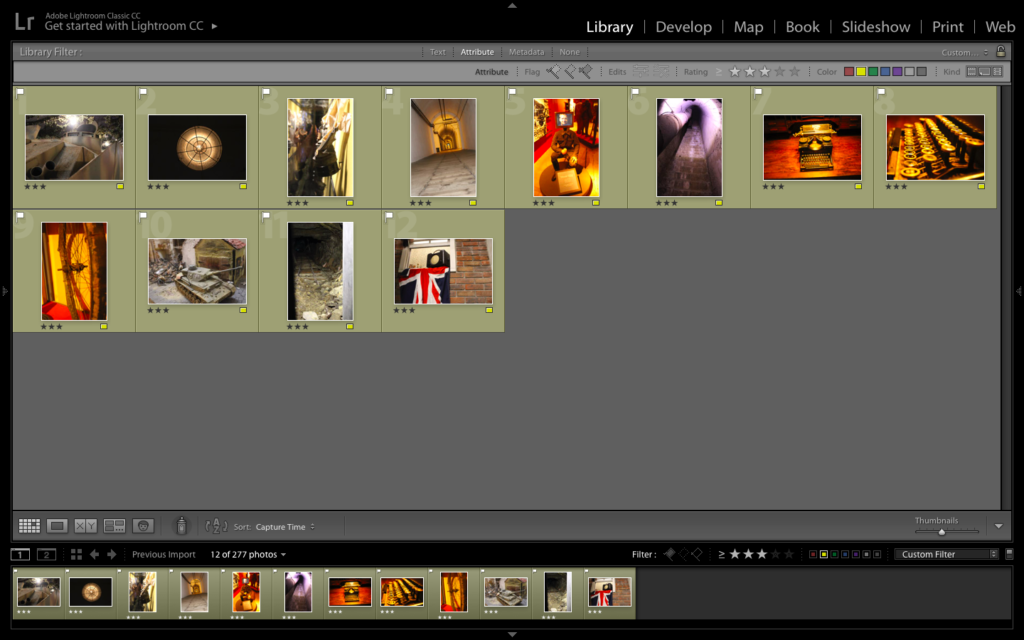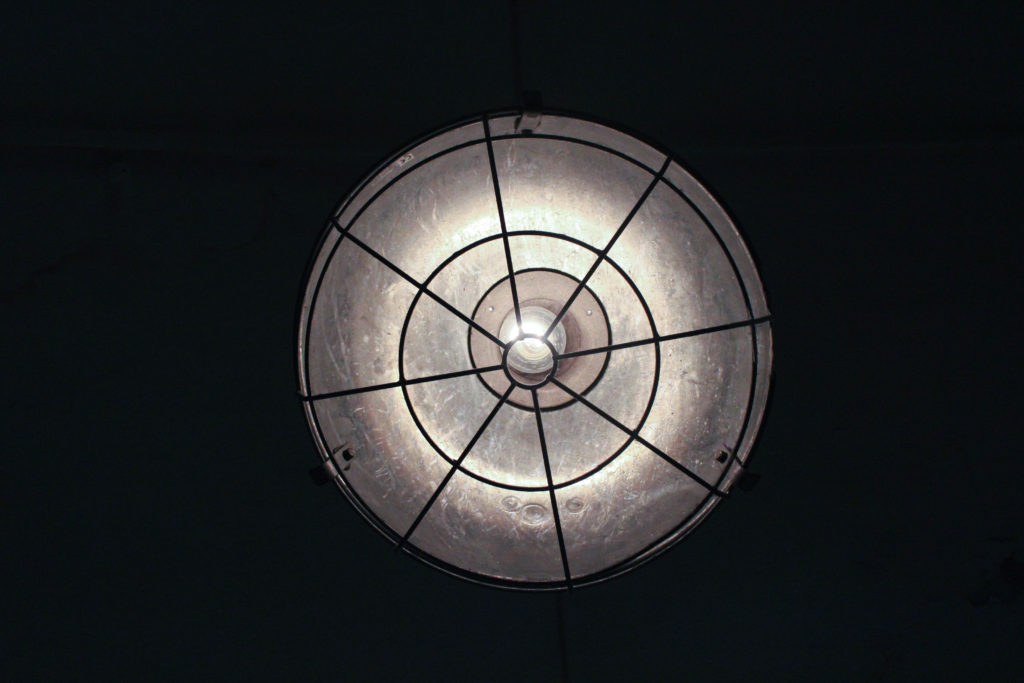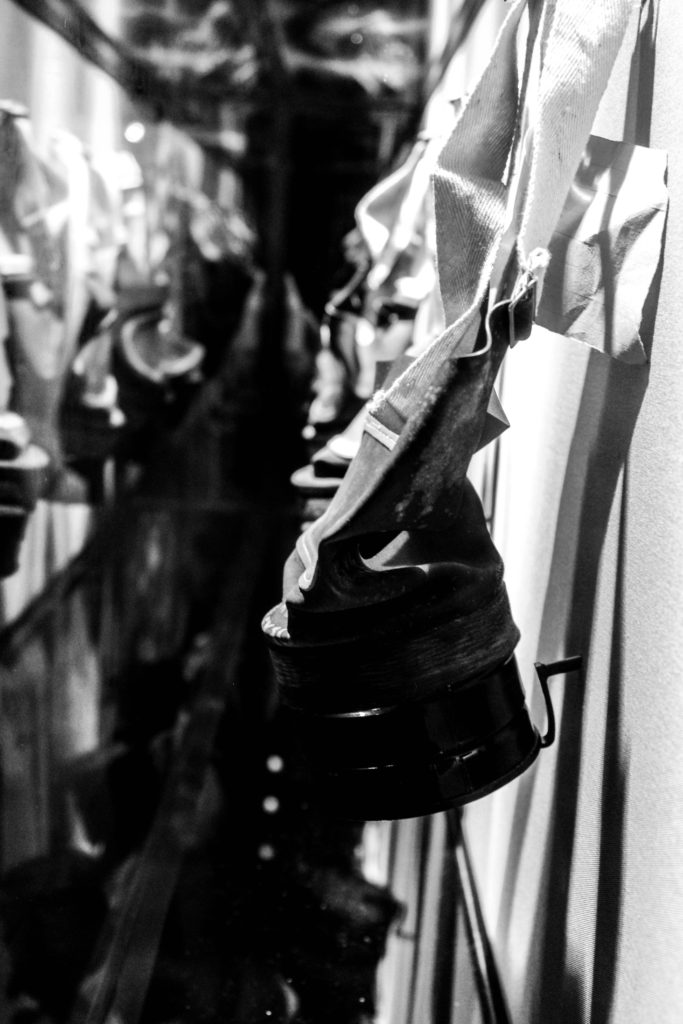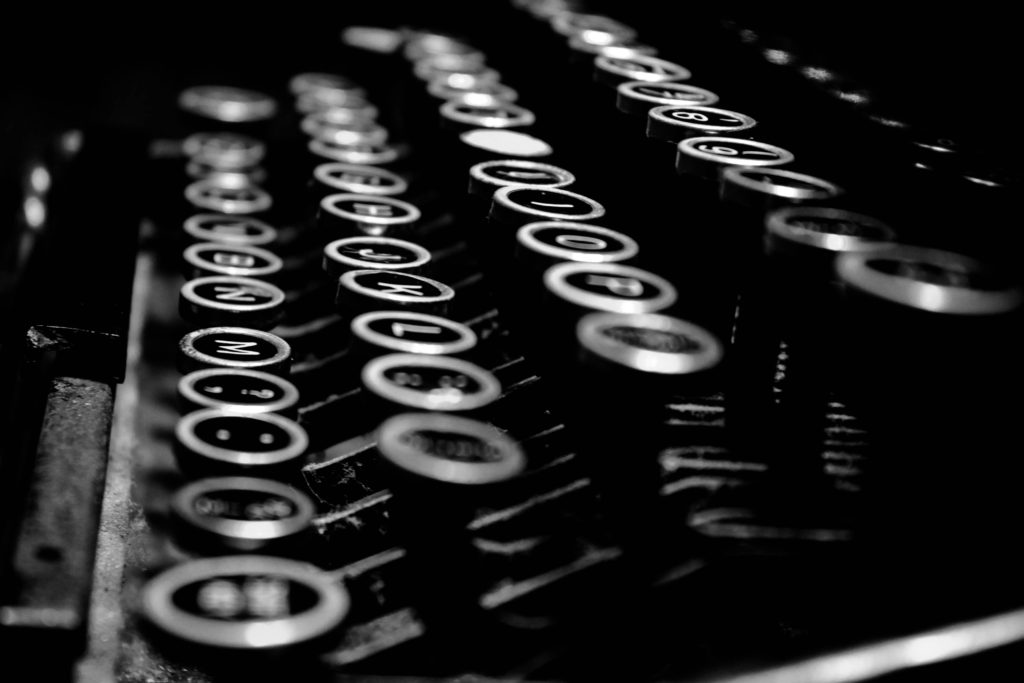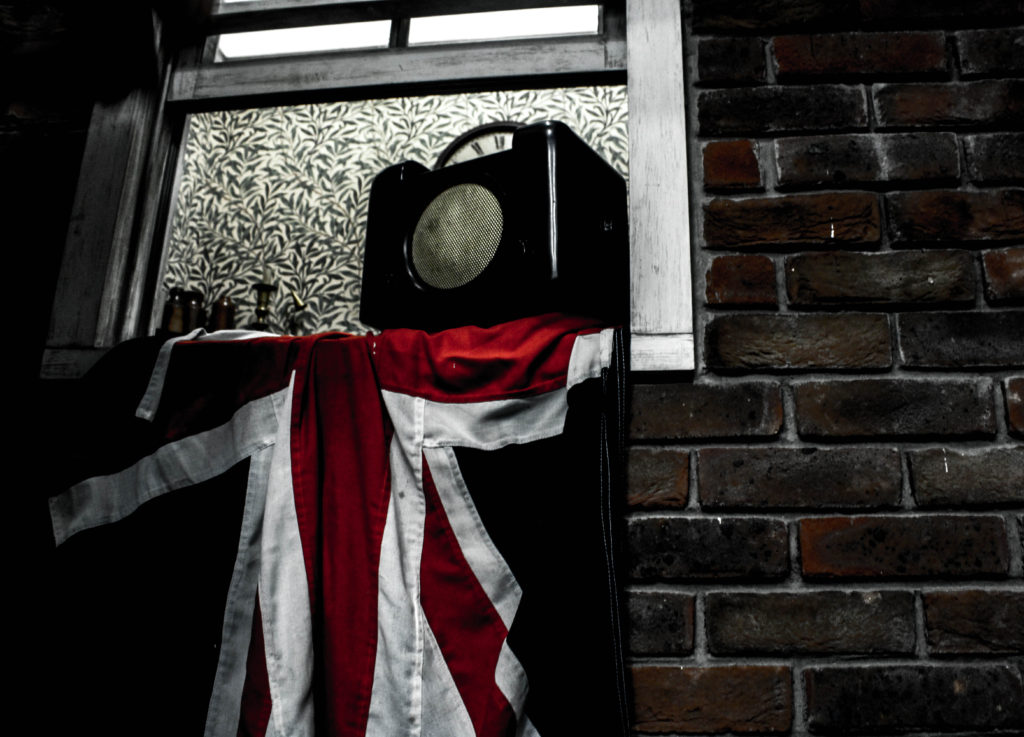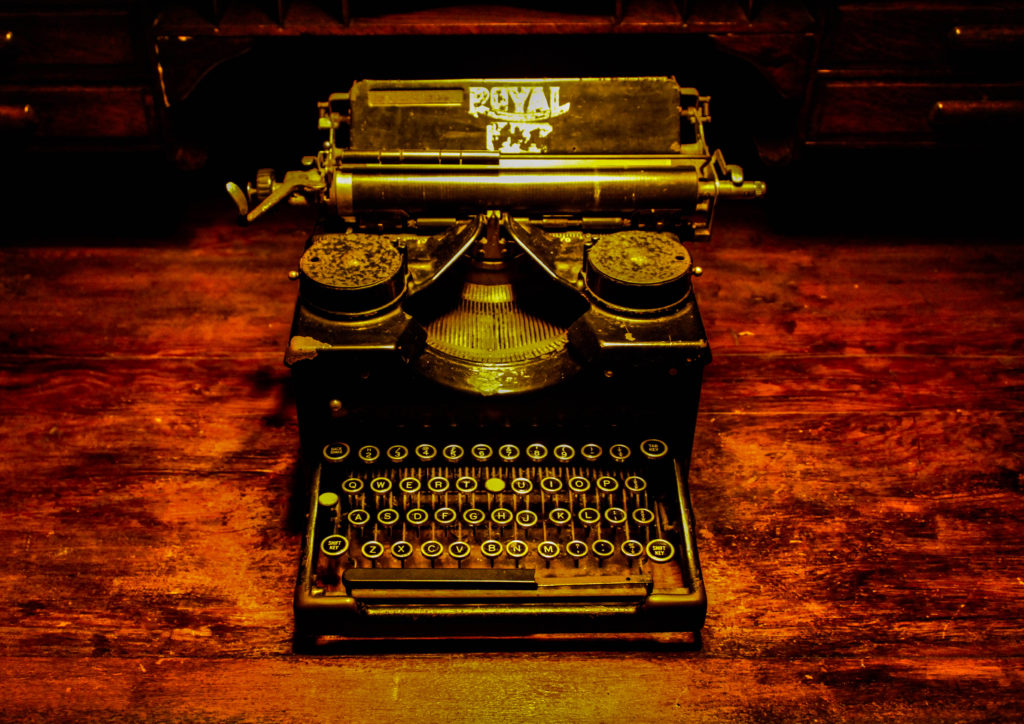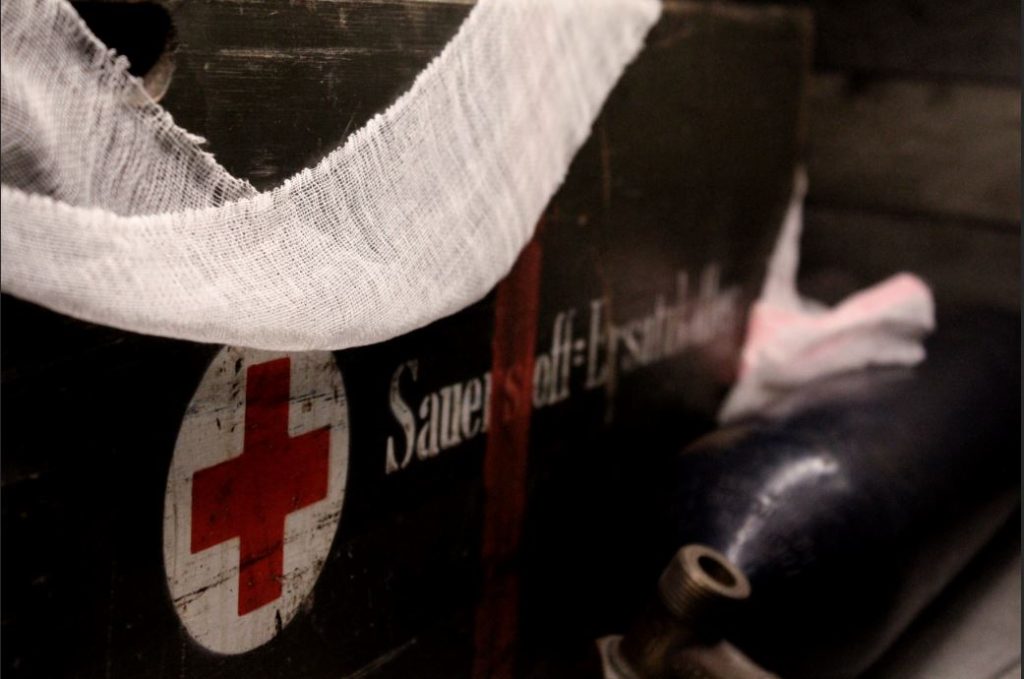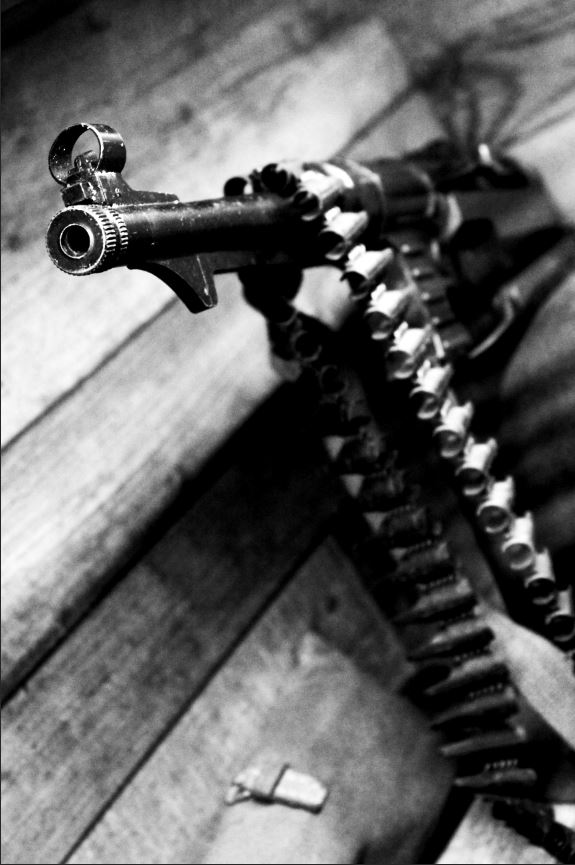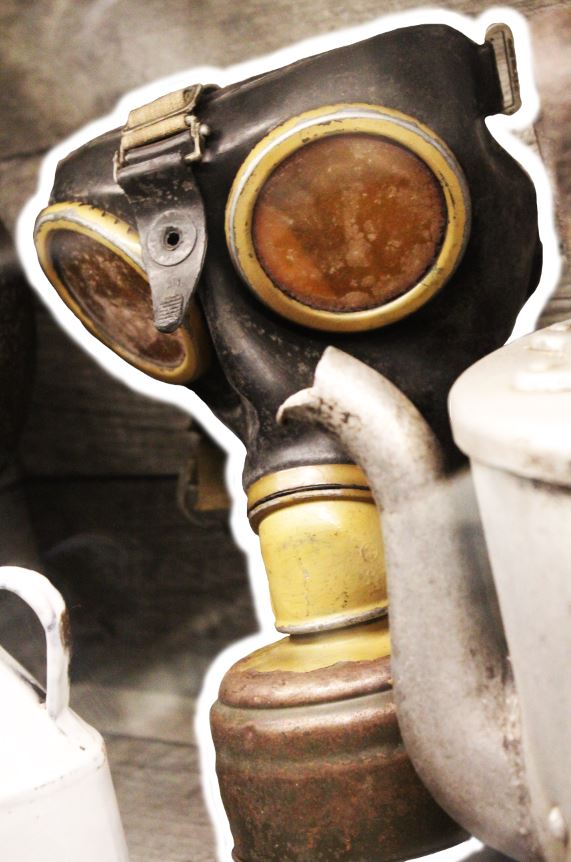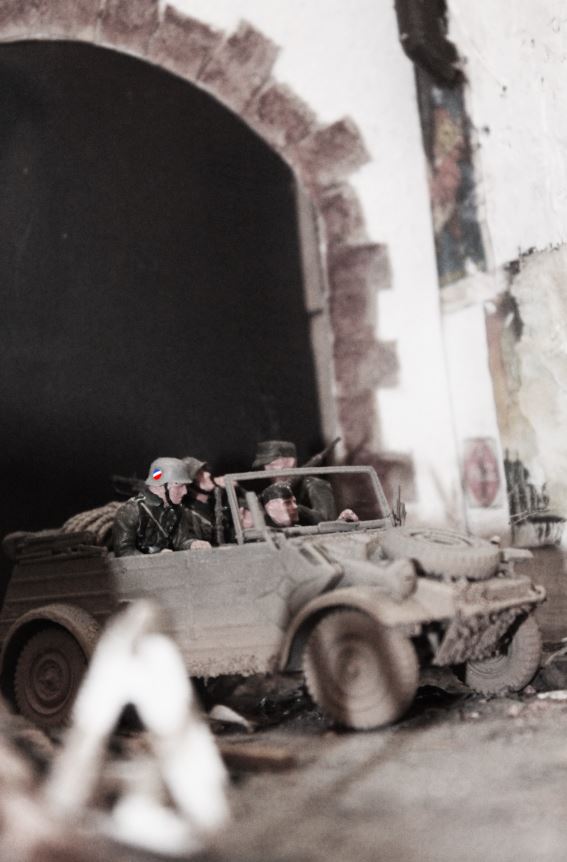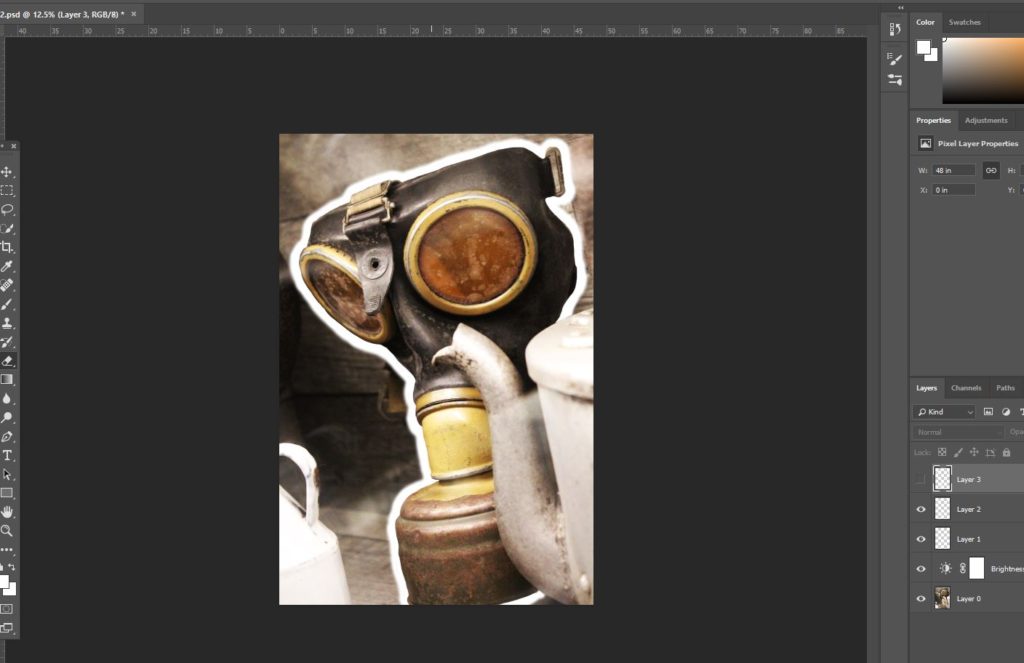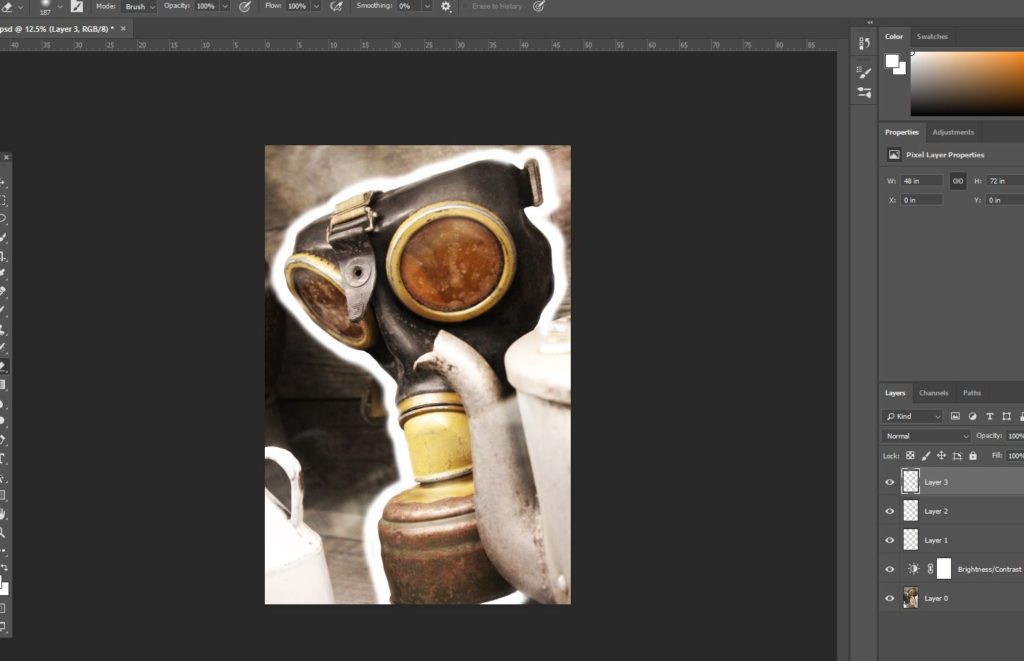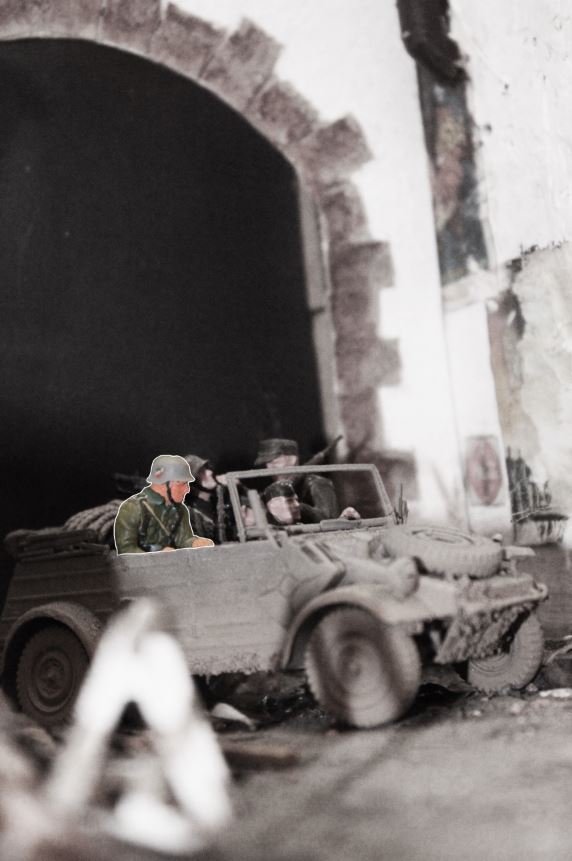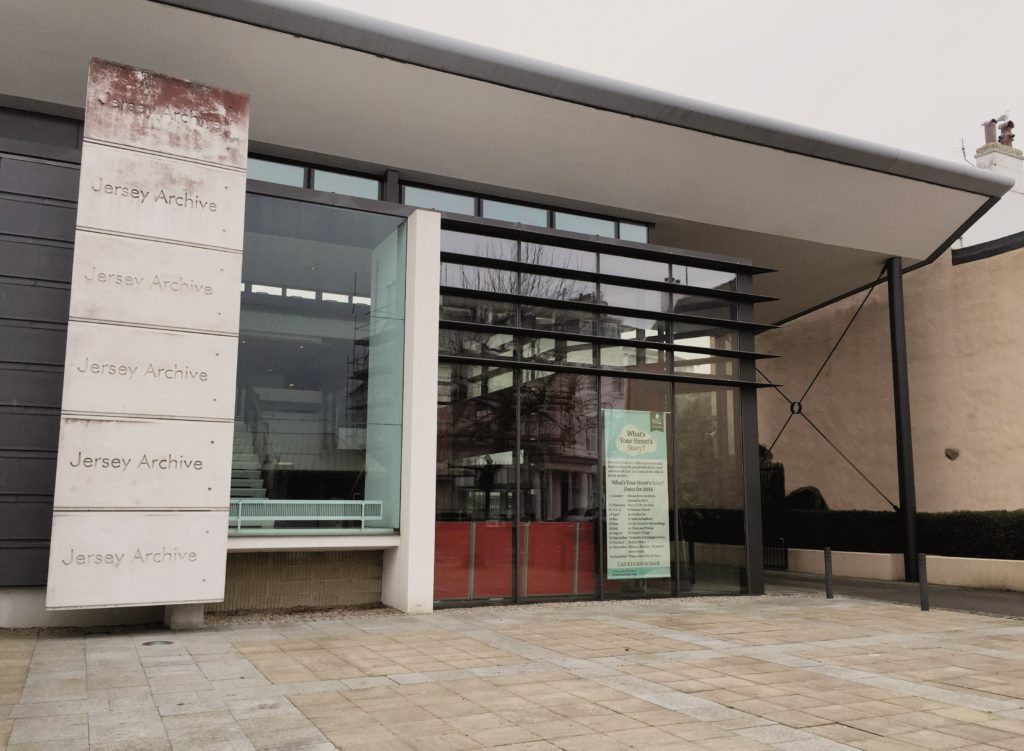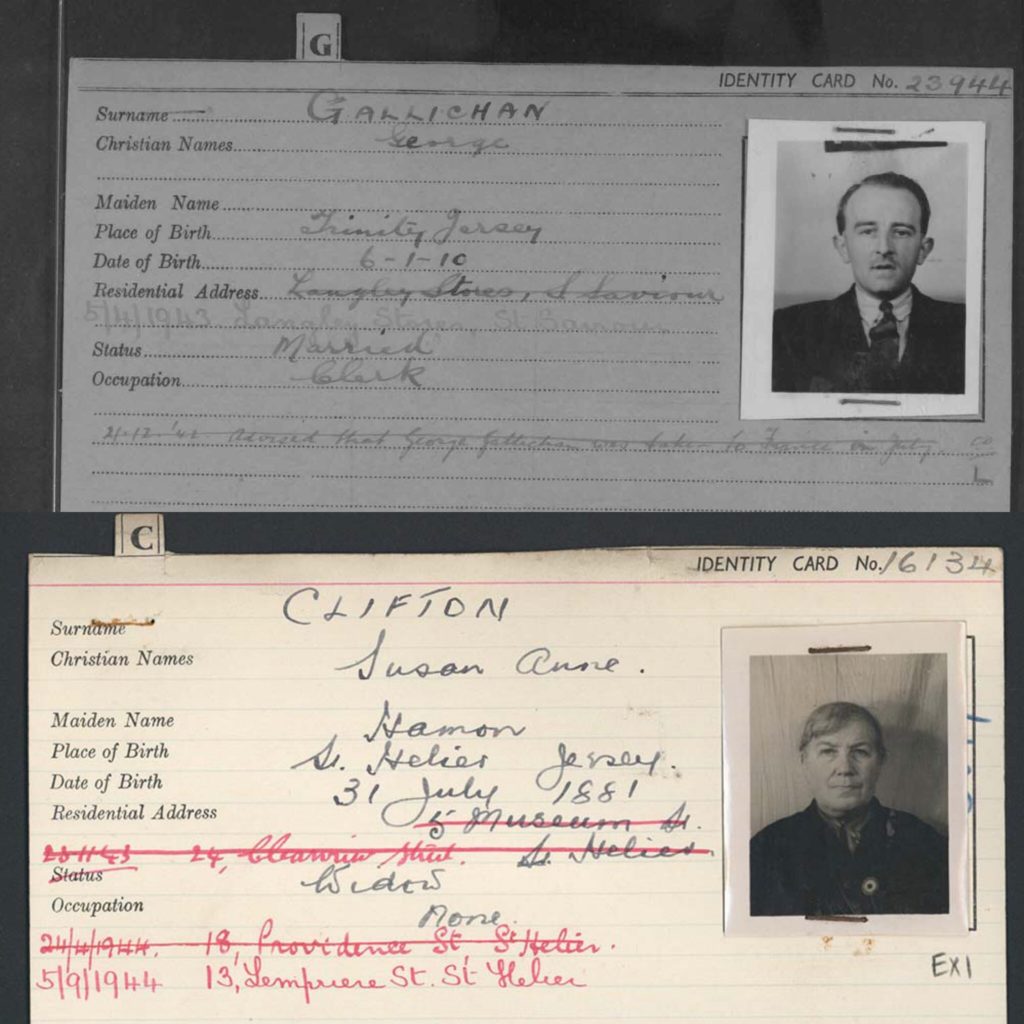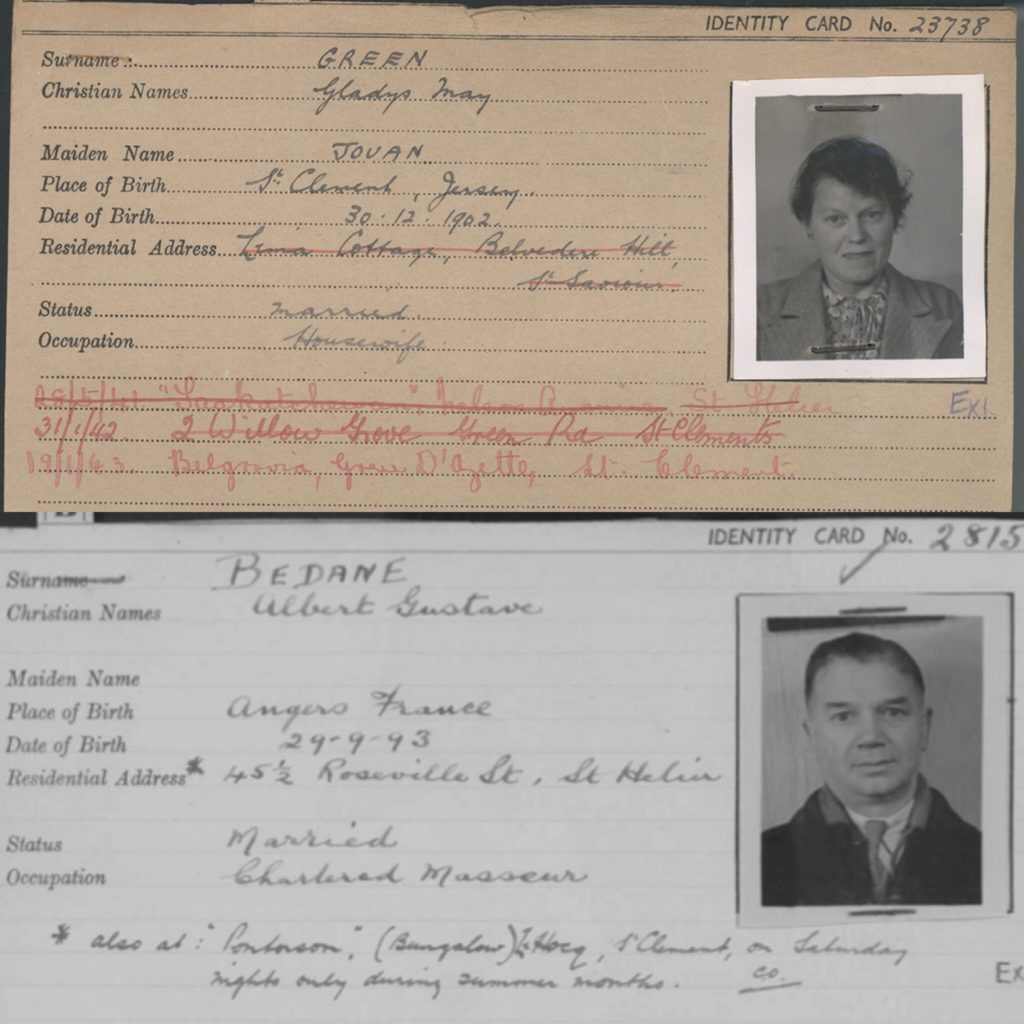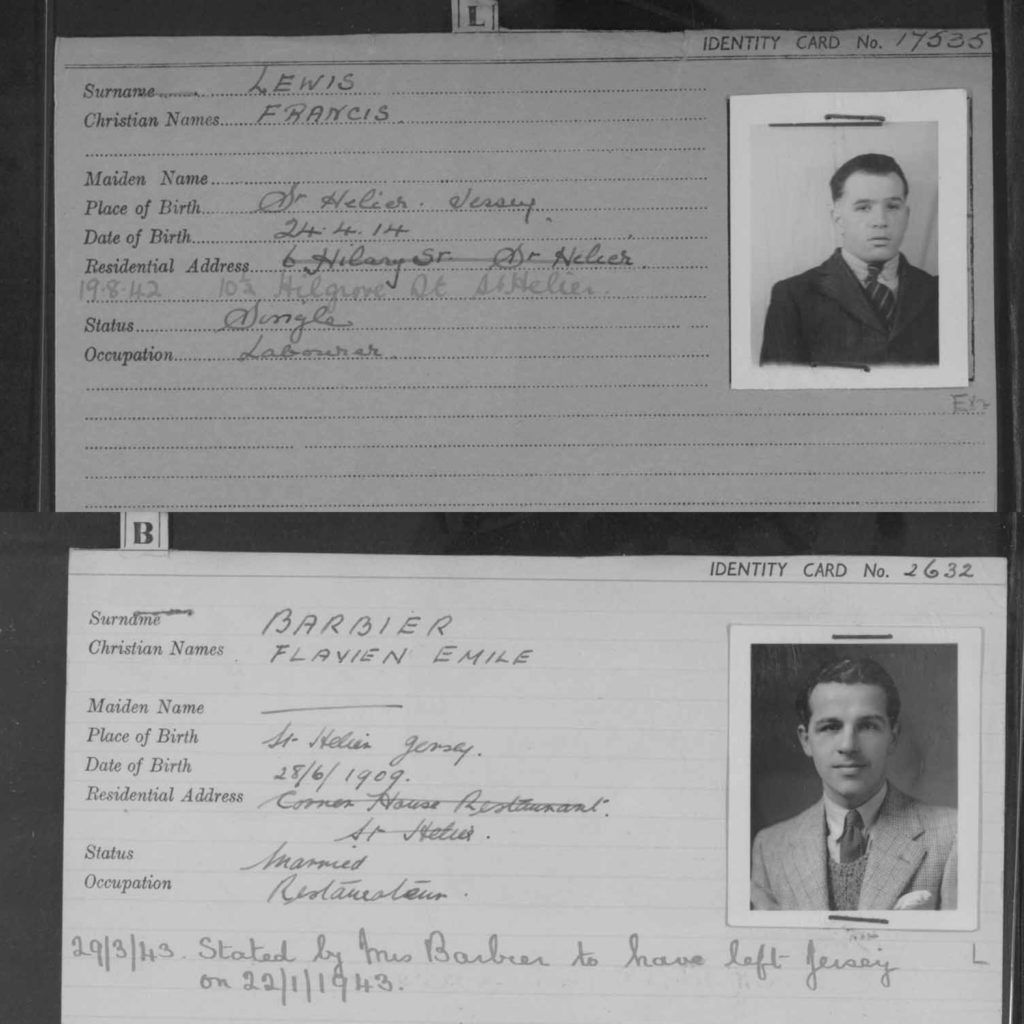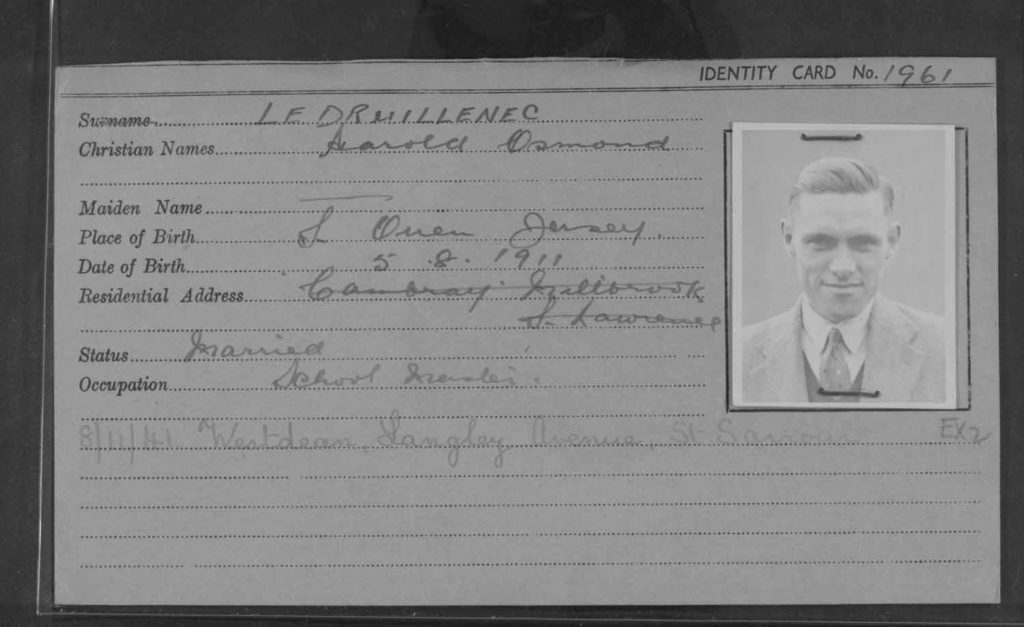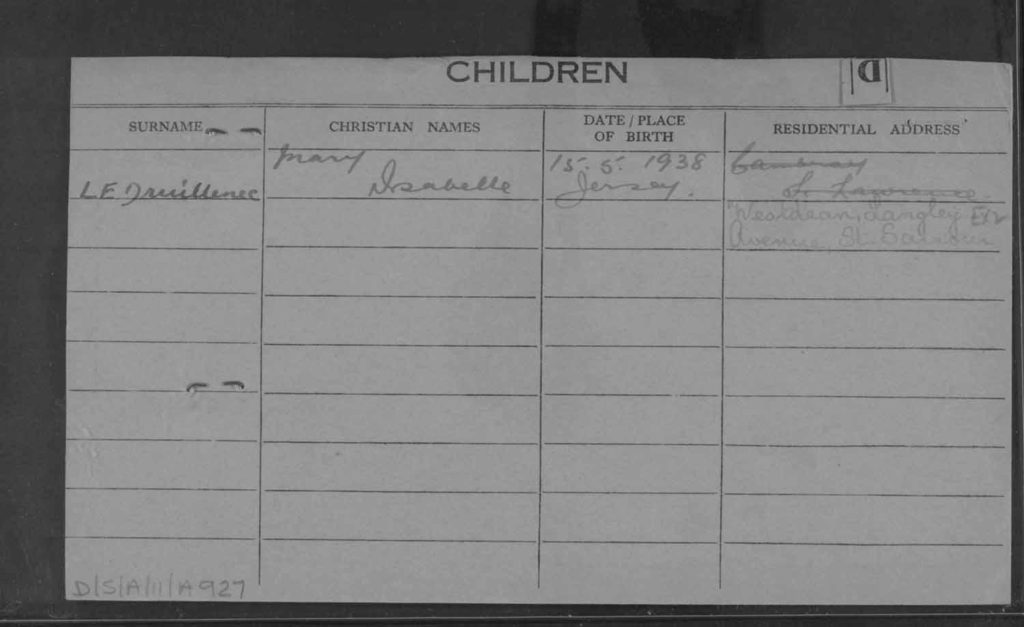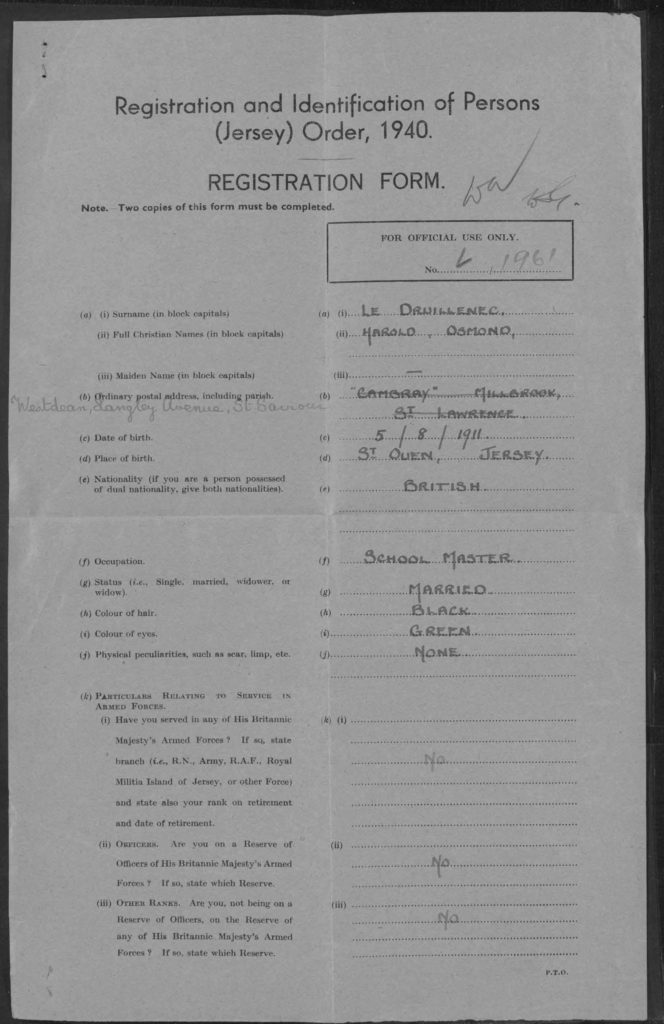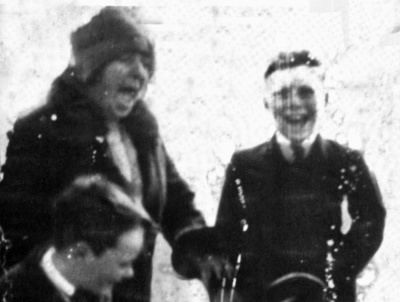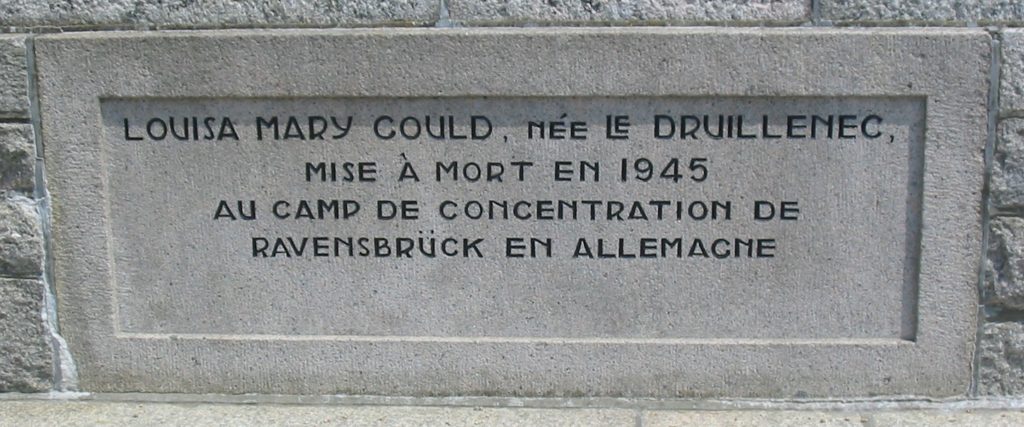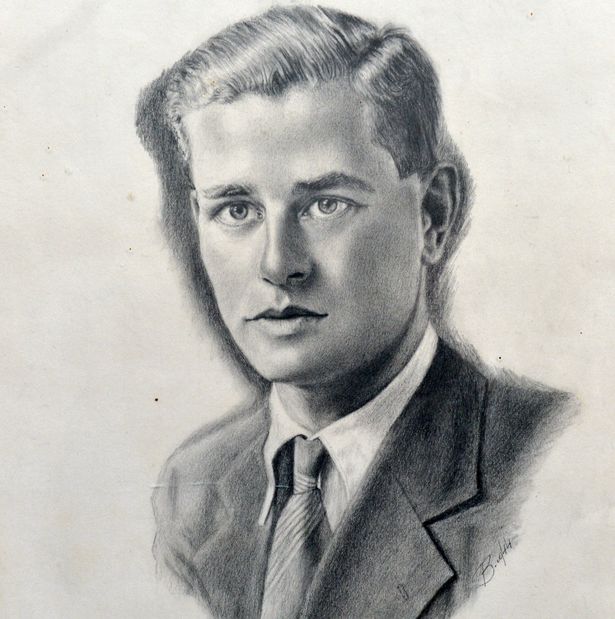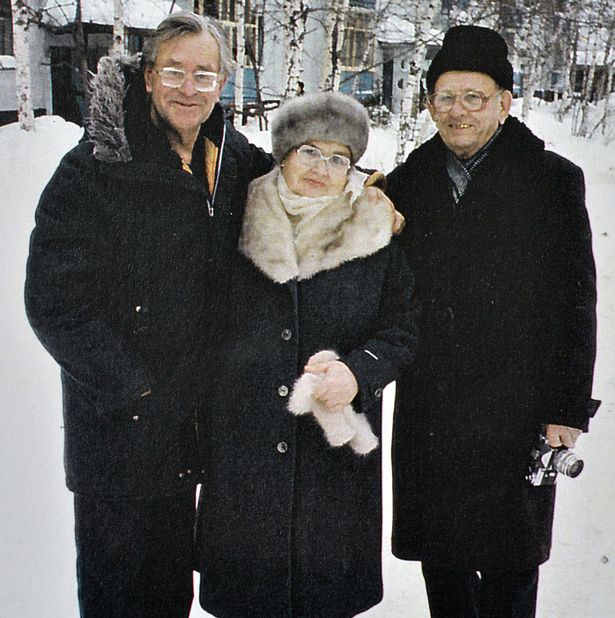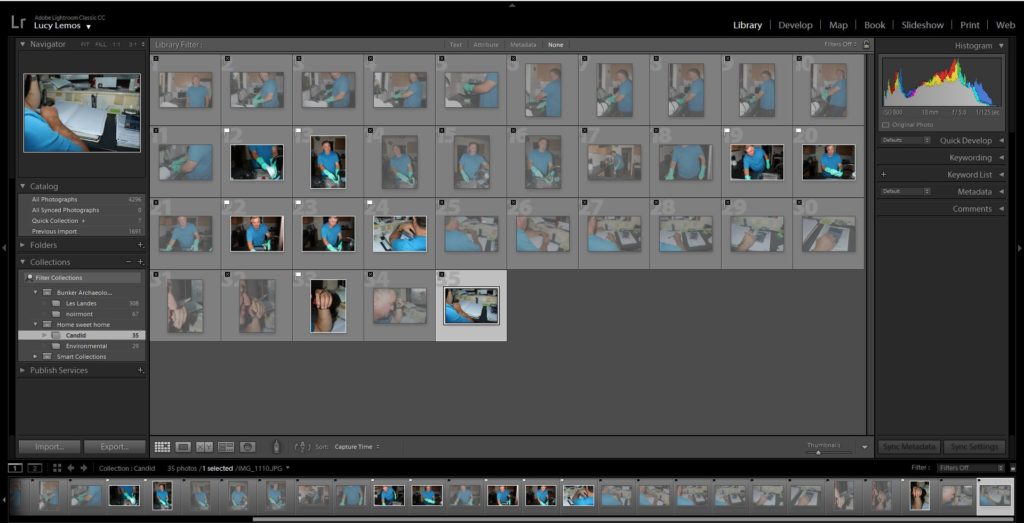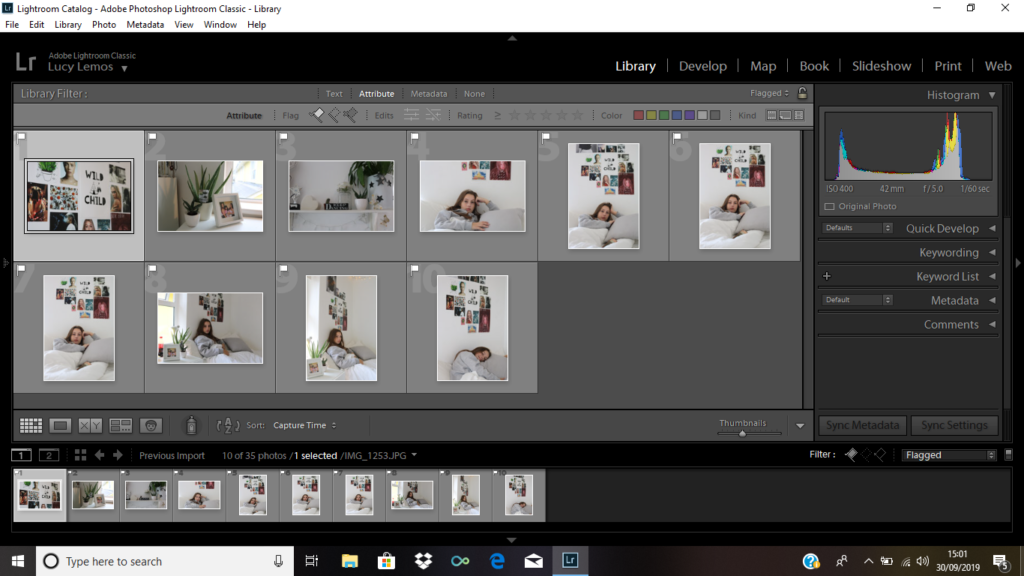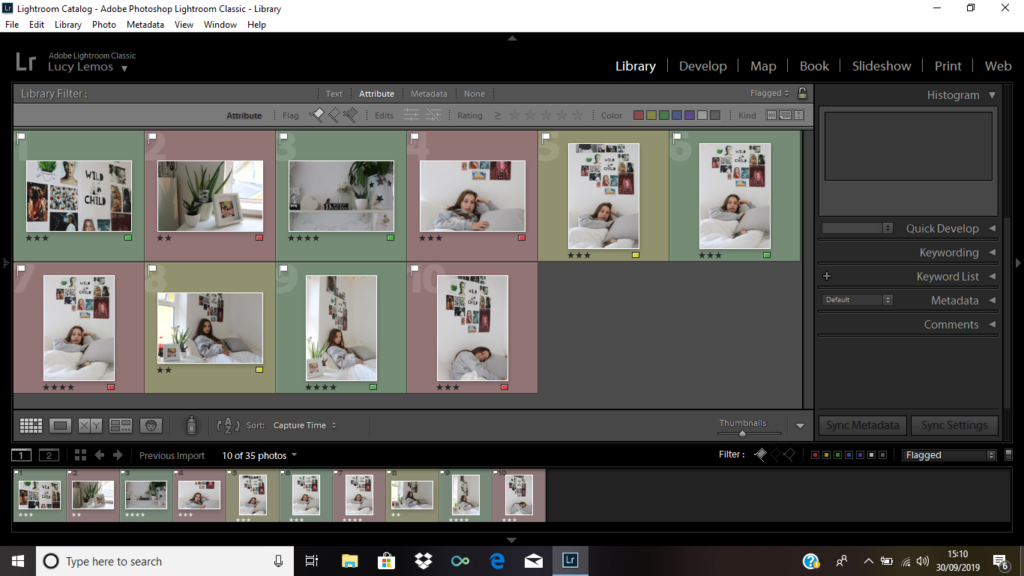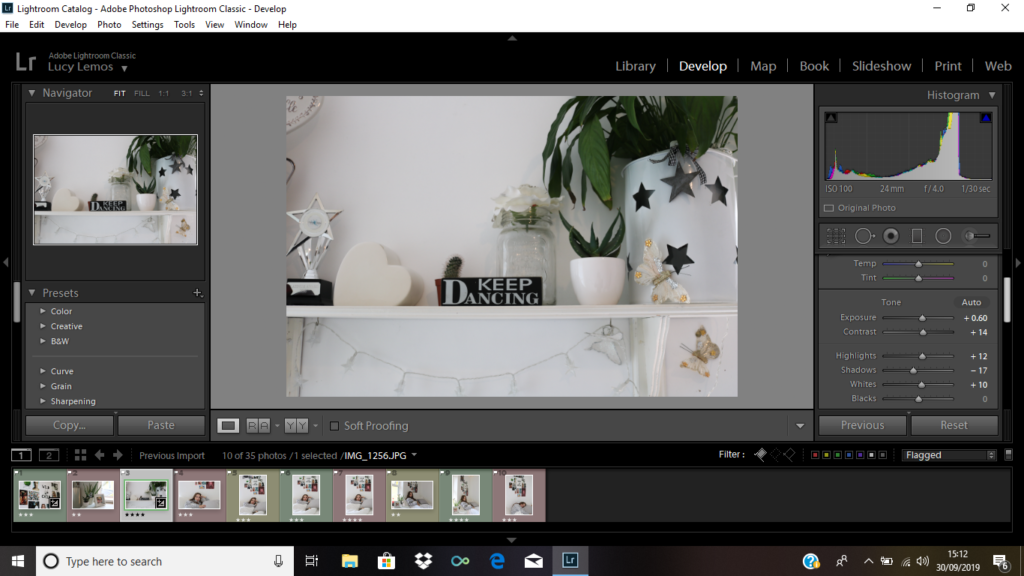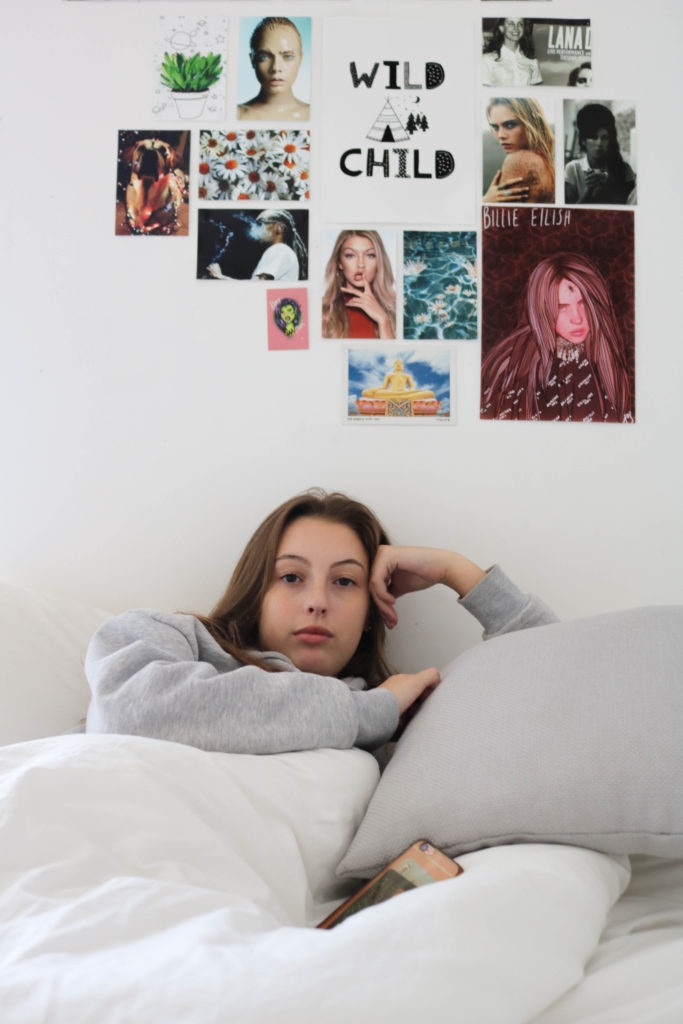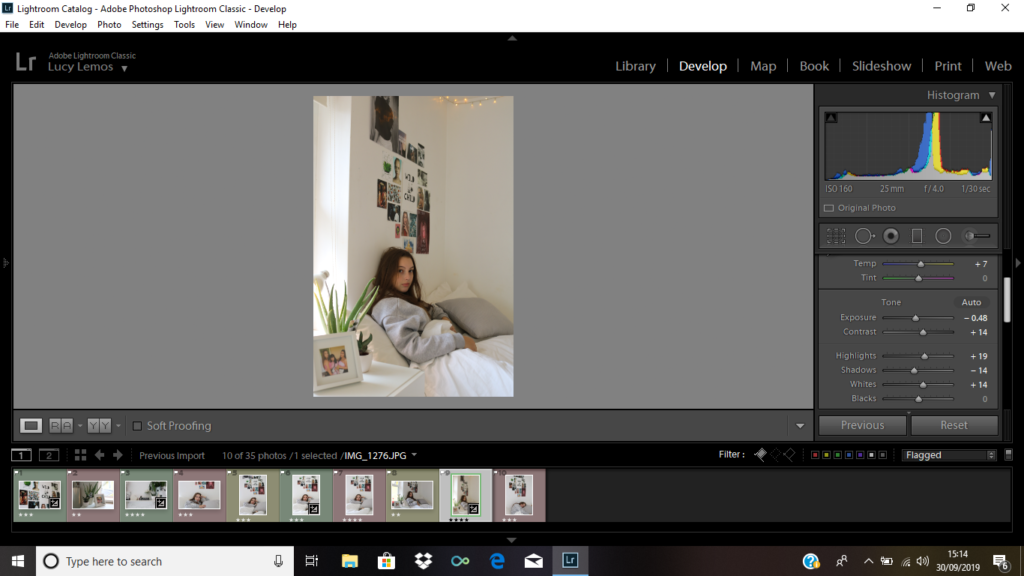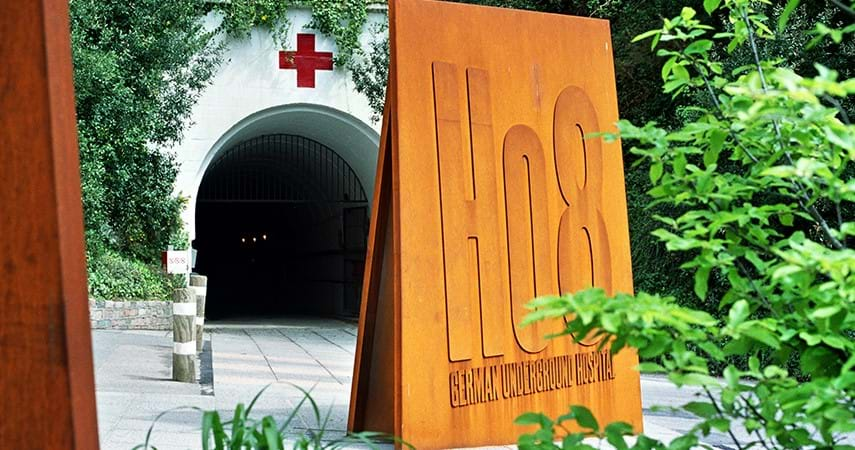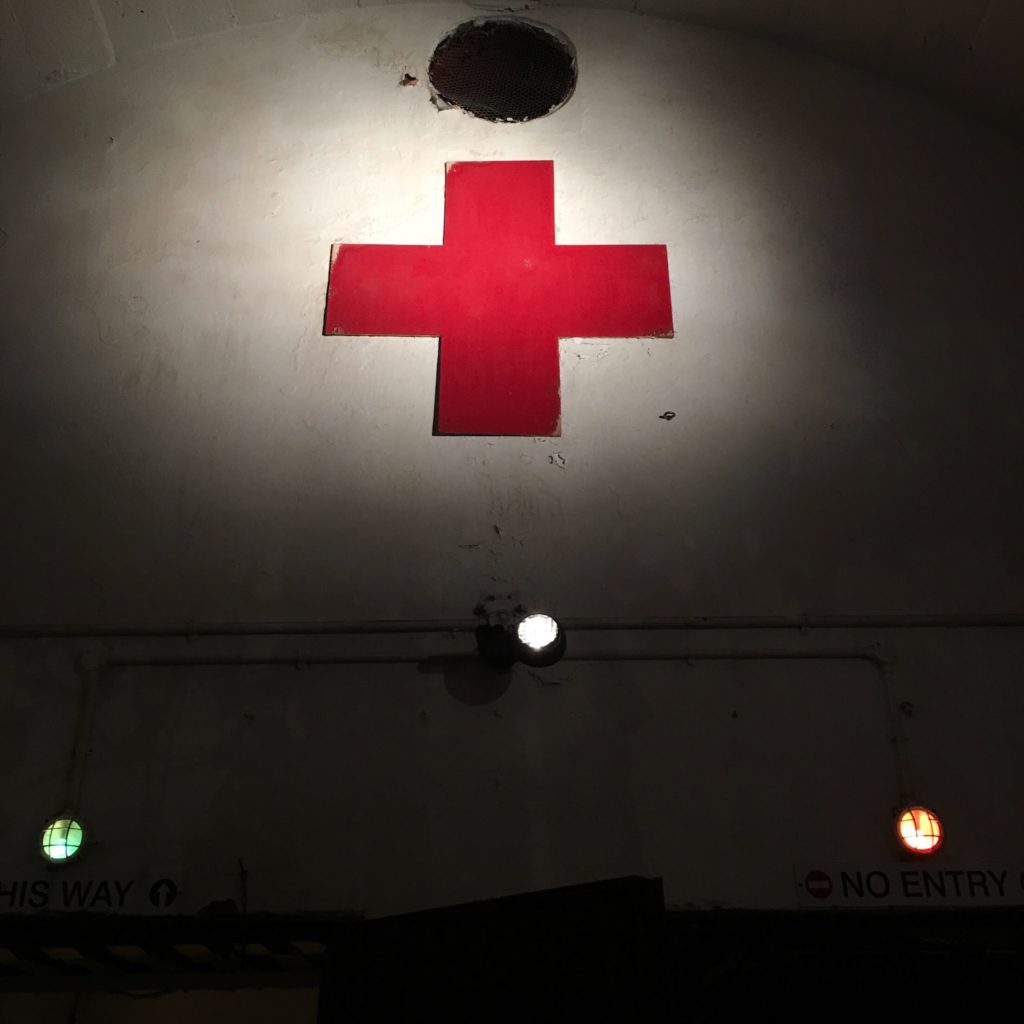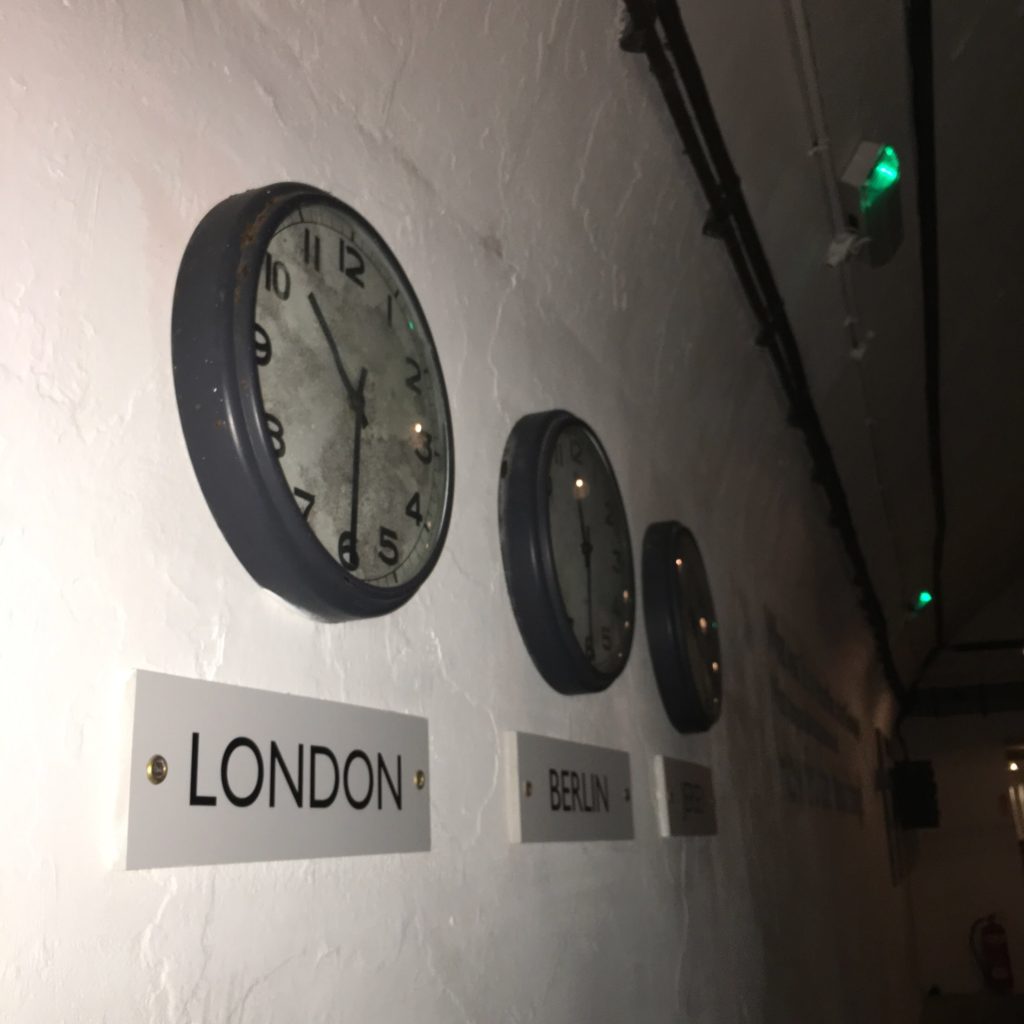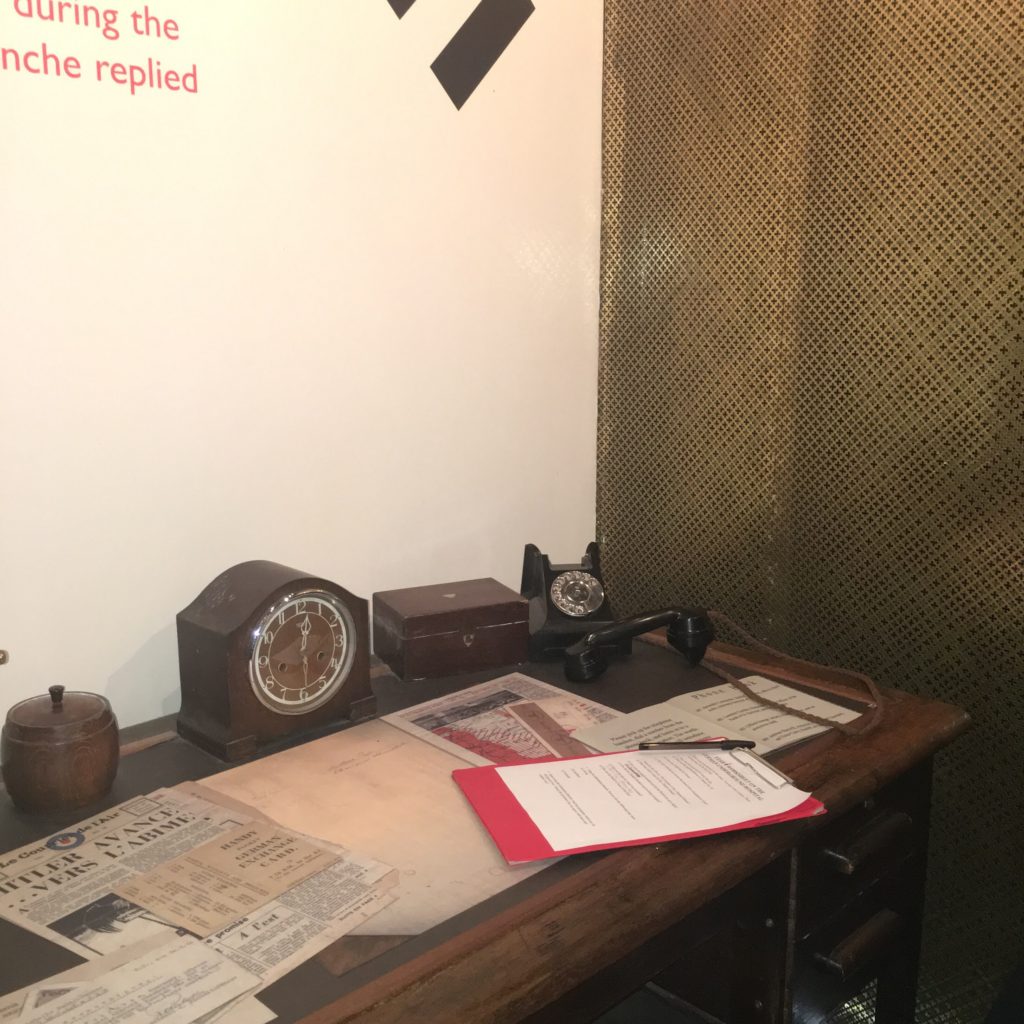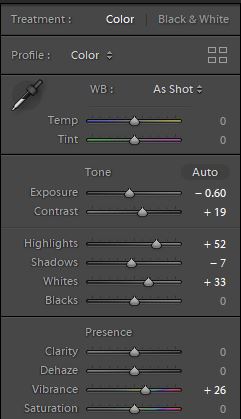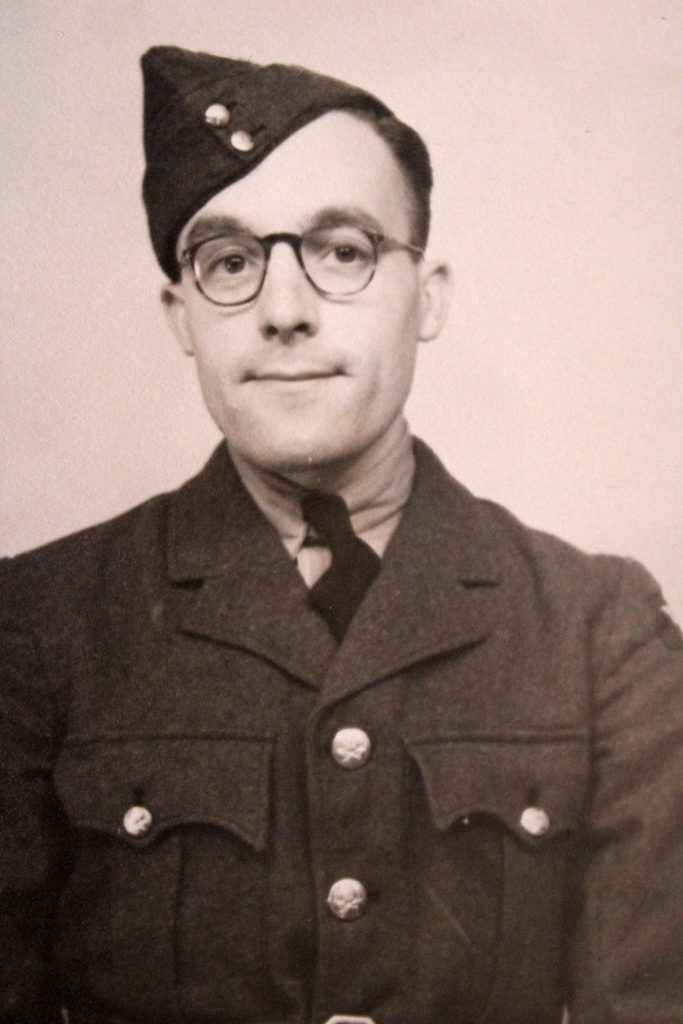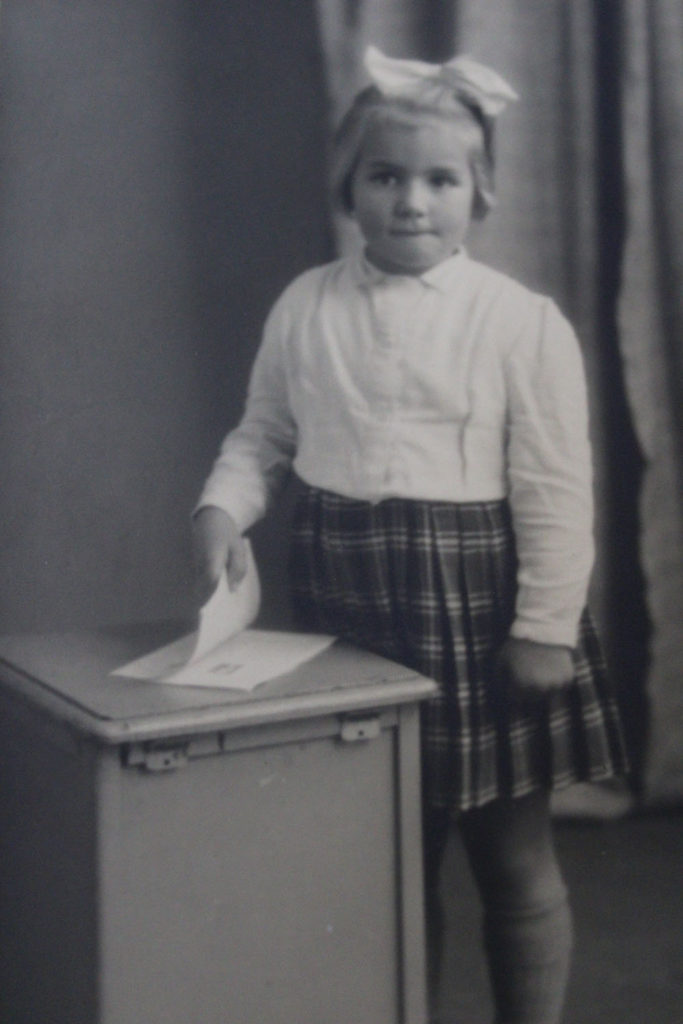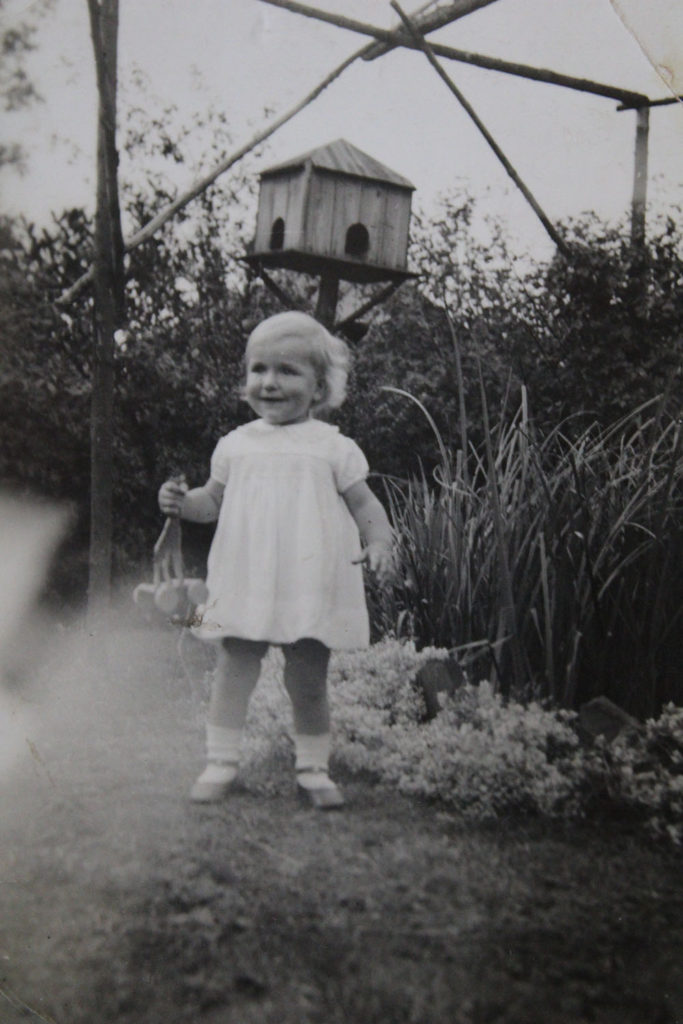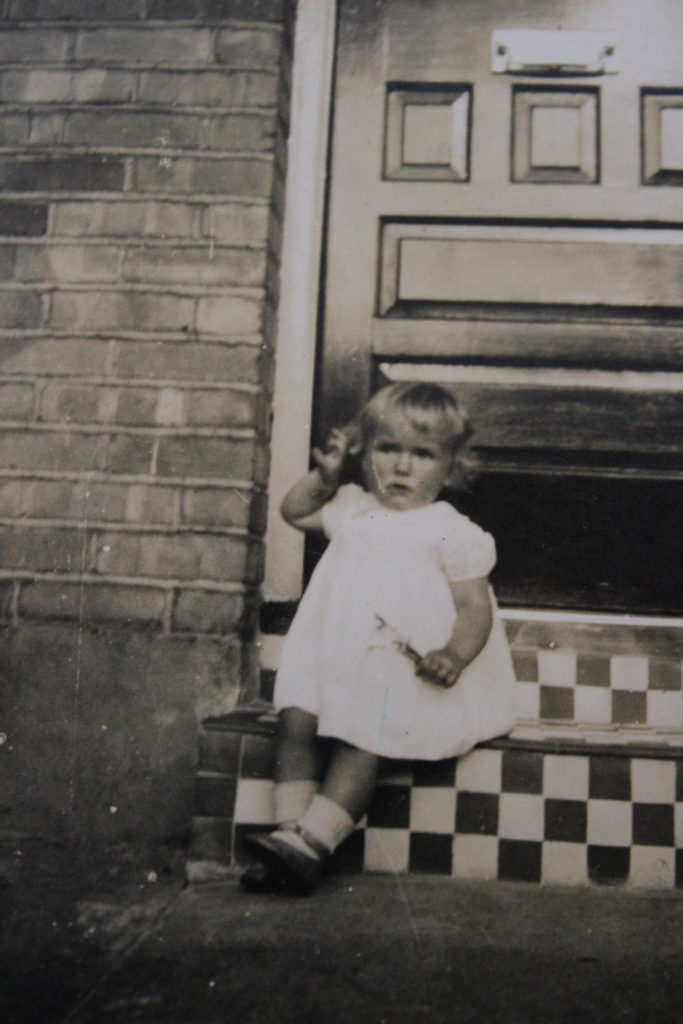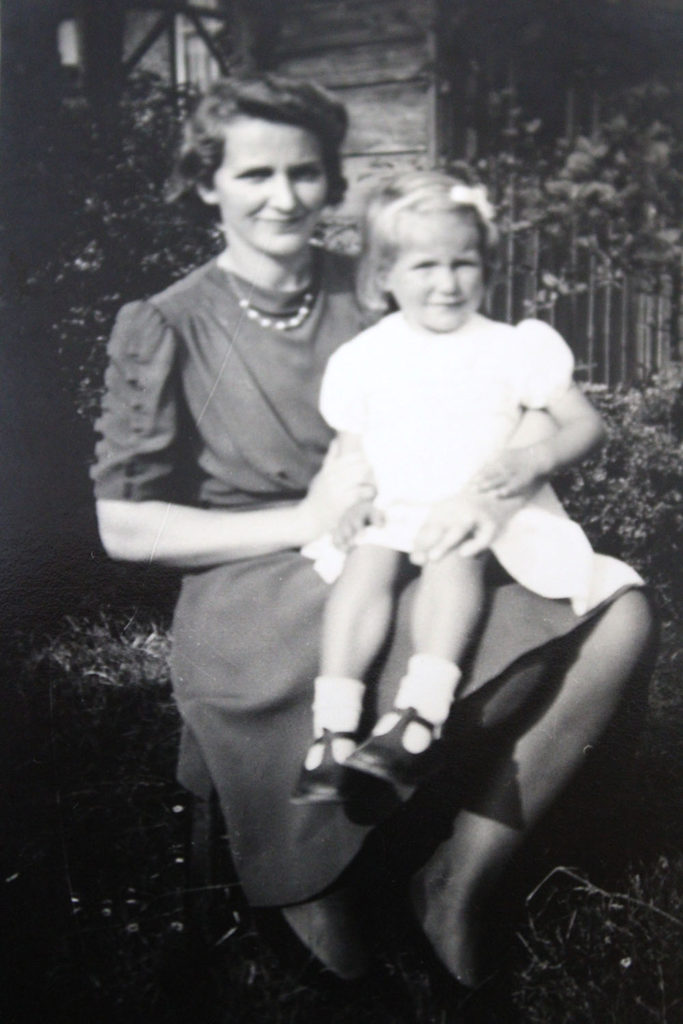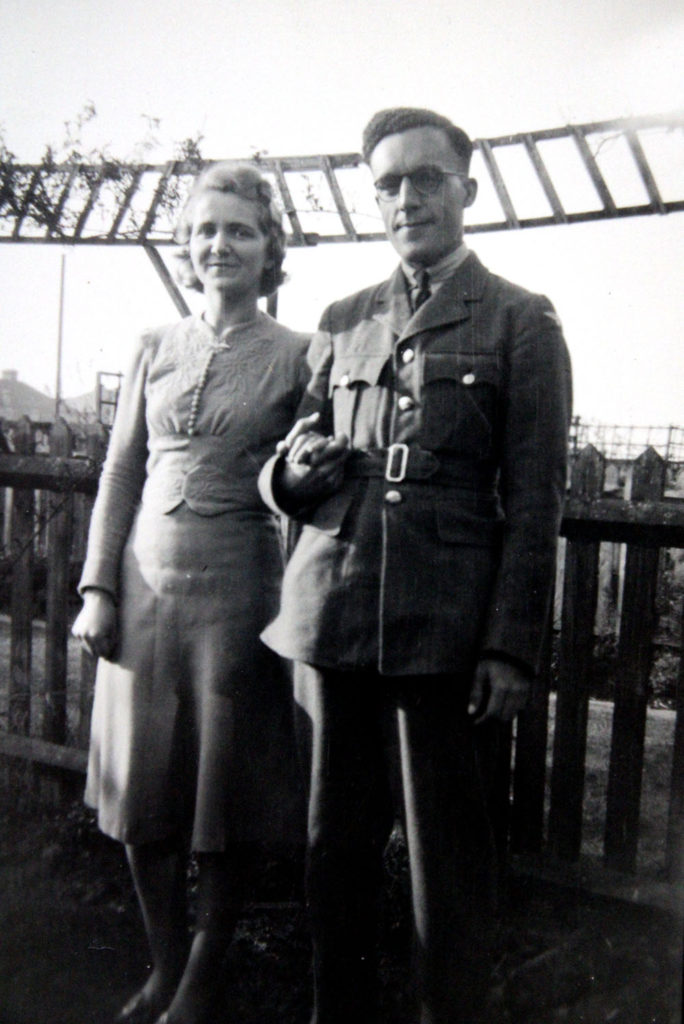Bob Le Suere: –
19 When German’s Arrive, 24 when Jersey Liberated.
- Morning of German’s Arrival (1940):
- July 1st 1940 – Air Raid on the 28th June, German planes over the island that morning.
- Lived Victoria avenue, was woken up by German Planes, looked out the window of sloped roof, recognised them as German bombing planes.
- 2 Parachutes dropping out of plane, not human beings, long cylinders falling. The cylinders contained a message addressed to commander and chief of command forces of Jersey
- There was no commander, “the island could not possibly be defended”, not worth any military value.
- 6am – heavy bombing raid in rotegam (Dutch/Belgium/Luxemburg)
- Population of 2 islands combined – 100,000
- People in England did not know about the bombing in Jersey,
- Governor and wife left island when the cylinders arrived, whoever found messages gave them to bailiffs
- They had 24 hours to surrender, the island would be carpet bombing, would lead to absolute hell.
- Bailiff, did not want to surrender without authority, London told them they could not help and to stay at the post and do the best you can – only instructions given.
- Bailiff summoned emergency sitting of the state future laid in hands in deputy of St Saviour, voting is unknown, no one voted to not surrender.
- Bob at royal square, apprehensive, propaganda and mew outlets discussed German’s myths (believed everything they rad), area of royal square corned off for workmen, Bob asked a work man what was happening he replied “no idea mate”. 2 woman in front of bob “when this is all over we must hurry back home and barricade doors” – a lot of women would be raped before nightfall (did not actually happen) – negative atmosphere before Germans actually arrived on island (tense)
- Got everyone to stand in line for Bailiff announcement, screaming orders to get into line and order – takeaway chaos. Everything destroyed when pidgeon popped on man who was giving orders pork pie hat (official piece of clothing) – released into laughter, psychological heaven sent moment in time of extreme apprehension
- St Helier:
- Terrace houses very similar, built in the time of Willian the 4th. House number 7, two floors up, apartment shared by two young men. They sheltered Russian prisoners.
- German’s fortified Jersey strongly, than any part of defensive war Hitler was constructing from Norway to Spain. Wanted to hold onto the island for a naval base at western end of British Channel, would have been renamed to German Channel
- Not enough labor to do all the work on the island, so Nazi’s bought in forced labor from different countries( ie Spanish Men who took refuge in France) – built fortifications in Jersey, were paid and not physically ill treated. (Holland, Czech Slyvacia, Russia)
- Slav Race (Slavine race, Pole etc) they were taken as slaves, not paid, they were considered as subhuman, treated in horrid ways – highly political time (racism).
- “People in every part of the world are extraordinarily alike, with basic human values” – Bob
- One Russian, coming home from school (15 years of age), saw German trucks at end of street, men disappeared into buildings. The boys where hurdled into trucks and taken to the train station, and were sent to Jersey, stayed in camp on 5 mile road. No contact with parents.
- One Russian sheltered by man in the apartment noted before, shared rassions with the Russian, got an illegal identity card to get Russian rassion book/ identity card. – If card lost had to go with a sob story then given new card.
- Older man was Russian student, studying Jersey Cow and get stuck during the occupation, hid the idea that he was Russian, so did not tell many people
- Young men had frequent parties for Birthdays etc,
- September 1944 when they would be a gas supply, end of a way of cooking (only could cook on open fire) a day of despair, but the two men celebrated the fact that they could use the gas stove for today, optimistic views.
- Make a party go:
No guess has eaten a square meal for 12 months then serve calvados, distilled cider (110%), straight start to party. The Russian got hold of alcohol before the party started and fell to the floor kicking legs, bellowing at the top of his voice songs, a platoon of German soldiers below. Two people pulled down apartment windows and gagged Russian Man to keep him quiet.
- Liberation:
- Islander’s knew the day was coming, not sure when though.
- No Gas supply, middle of January (1945), had a party, bring your own food. Islander’s were very hungry due to the lack of food supply.
- Crystal set radio, hidden around households, found out Berlin Fell April 30th, May 1st important labour day in solvient union.
- Understood Hitler was dead, JEP one sheet of paper two sides, England news one side and German on the other side, on this day newspaper announced Hitler’s death.
- May 7th, week after Berlin Collapse, told to take effect when war finished in Europe officially ended, German’s out of control, all arms had to be laid down one minute after midnight on May 8th (making it technically may 9th.).
- 7:14am (9th) surrender of whole island signed on deck of Birtish destroyer on St Peter’s shore.
- Bob’s Story – with two girls from the office. They cycled to noirmont point, his bike tire broke (sound like pistol shot), two people flung themselves to the ground as they thought it was a gun. Two soldiers turned with rifles towards him, did not fire though, thought he was going to be killed as island was being liberated. German soldier laughed.
- His friends waved at Bob as they cycled to the pier to watch British destroyer.

